Ultraviolet (UV) sterilizers are powerful tools for maintaining water clarity and controlling pathogens in aquariums. However, selecting the right UV sterilizer can be overwhelming due to the variety of models, technical specifications, and conflicting advice online. This 6,000-word guide breaks down the critical factors to consider when purchasing a UV sterilizer and addresses the most common questions and misconceptions among aquarists.
Part 1: Key Factors to Consider When Choosing a UV Sterilizer
1. Aquarium Size and Flow Rate
The size of your aquarium or pond is the starting point for selecting a UV sterilizer. UV effectiveness depends on exposure time—how long water is irradiated as it passes through the unit.
-
Wattage Guidelines:
- Freshwater Tanks: 8–10 watts per 100 gallons.
- Saltwater/Reef Tanks: 10–12 watts per 100 gallons (due to higher pathogen risks).
- Ponds: 10–12 watts per 1,000 gallons.
-
Flow Rate Compatibility:
UV sterilizers have a maximum flow rate (measured in gallons per hour, GPH). Exceeding this rate reduces exposure time, rendering the unit ineffective.- Example: A 25-watt UV rated for 300 GPH will only work if your pump’s flow rate is ≤300 GPH.
- Use the formula: Flow Rate (GPH) = Tank Volume ÷ Exposure Time (seconds) × 60.
For 90% pathogen reduction, aim for 15–30 seconds of exposure.
2. UV Bulb Type and Quality
Not all UV bulbs are created equal. Key considerations include:
- Wavelength: Effective UV-C bulbs emit light at 254 nm. Avoid "broad-spectrum" bulbs marketed for algae control—they’re less efficient.
- Lifespan: Most UV bulbs last 6–12 months. Quartz sleeves protect bulbs from water contact, extending their life.
- Brand Reliability: Stick to reputable brands like Aqua Ultraviolet, Emperor Aquatics, or Pentair. Cheap, no-name bulbs often lack UV-C intensity.
3. Sterilizer Design and Installation
UV sterilizers come in three main designs:
- In-Line (Plumbed): Installed externally, connected to a canister filter or pump. Best for efficiency and heat management.
- Submersible: Fully submerged in the tank. Riskier for temperature-sensitive setups but useful for small tanks.
- Hang-On-Back (HOB): Rare and generally less effective due to limited exposure time.
Installation Tips:
- Place the UV sterilizer after mechanical and biological filtration to avoid killing beneficial bacteria.
- Use a pre-filter sponge to block debris from entering the UV chamber.
4. Purpose: Algae Control vs. Pathogen Elimination
UV sterilizers serve different roles depending on your goals:
- Algae Control (Clarifiers): Lower-wattage units with higher flow rates target free-floating algae.
- Pathogen Elimination (Sterilizers): Higher-wattage units with slower flow rates ensure prolonged UV exposure to kill microorganisms.
Pro Tip: For reef tanks, prioritize pathogen control to protect sensitive corals and fish.
5. Budget and Long-Term Costs
While budget-friendly UV sterilizers exist, consider long-term expenses:
- Bulb Replacement: 80 annually.
- Quartz Sleeve Cleaning/Replacement: 50 every 2–3 years.
- Energy Consumption: Most units use 8–40 watts, costing 20 yearly in electricity.

Part 2: Common Questions and Misconceptions
1. Can a UV Sterilizer Replace My Filter?
Answer: No. UV sterilizers complement—not replace—mechanical and biological filtration. They don’t remove debris or process ammonia/nitrite. Always pair UV with a robust filter.
2. Will UV Light Harm Beneficial Bacteria?
Answer: Unlikely. Beneficial bacteria colonize surfaces (filter media, substrate) rather than the water column. UV sterilizers only affect free-floating microbes.
3. How Often Should I Replace the UV Bulb?
Answer: Annually, even if the bulb still lights up. UV-C intensity degrades by 30–40% after 6 months, reducing effectiveness.
4. Can UV Sterilizers Cure Fish Diseases?
Answer: Partially. UV light kills free-swimming parasites (e.g., ich trophonts) and bacteria but won’t treat infections already attached to fish. Combine UV with medications for full recovery.
5. Do UV Sterilizers Work in Saltwater Aquariums?
Answer: Yes. UV is widely used in reef tanks to control parasites like Cryptocaryon irritans (marine ich). However, ensure the unit is corrosion-resistant for saltwater use.
6. Why Isn’t My UV Sterilizer Clearing Green Water?
Possible Causes:
- Excessive Flow Rate: Water passes too quickly for UV to kill algae.
- Old Bulb: Diminished UV-C output.
- Dirty Quartz Sleeve: Algae or scale blocks UV light.
7. Are "UV Clarifiers" and "UV Sterilizers" Different?
Answer: Marketing terms. Both use UV-C light, but "clarifiers" often prioritize algae control with higher flow rates, while "sterilizers" emphasize pathogen kill with slower flows.
8. Can I Use a Pond UV Sterilizer for My Aquarium?
Answer: Not recommended. Pond UV units are designed for larger volumes and may overheat small tanks.
Part 3: Step-by-Step Guide to Installing a UV Sterilizer
- Choose the Location: Install in-line UV units after the filter and pump.
- Secure Connections: Use hose clamps or PVC glue to prevent leaks.
- Prime the System: Ensure water flows through the UV chamber before turning it on.
- Set a Timer: Run the UV sterilizer 4–6 hours daily for maintenance; 24/7 during outbreaks.
- Monitor Temperature: Check for overheating, especially with submersible models.
Part 4: Troubleshooting Common UV Sterilizer Issues
Problem 1: Cloudy Water Persists
- Solution: Check flow rate, bulb age, and quartz sleeve cleanliness. Reduce tank lighting to discourage algae.
Problem 2: Unusual Noise from the Unit
- Solution: Air bubbles may be trapped. Tilt the sterilizer to release them or install a air bleed valve.
Problem 3: Water Leaks
- Solution: Replace O-rings or seals. Avoid overtightening connections.
Part 5: Expert Tips for Maximizing UV Efficiency
- Pre-Filter Water: Use a mechanical filter to remove large debris before water enters the UV chamber.
- Combine with Ozone: Advanced users can pair UV with ozone for enhanced sterilization (use cautiously in fish-only systems).
- Test UV Output: Some brands offer UV intensity meters to monitor bulb performance.
- Seasonal Adjustments: Increase UV runtime in summer for ponds, as warmer temperatures boost algae growth.
Case Study: UV Sterilizer in a 150-Gallon Cichlid Tank
A hobbyist struggled with chronic bacterial blooms in their African cichlid tank. After installing a 24-watt in-line UV sterilizer:
- Week 1: Water clarity improved by 70%.
- Month 2: Bacterial infections dropped by 80%.
- Maintenance: Annual bulb replacement ($30) and monthly sleeve cleaning.
Conclusion: Making an Informed Decision
UV sterilizers are invaluable for maintaining a healthy aquarium, but their effectiveness hinges on proper selection and maintenance. By prioritizing factors like tank size, flow rate, and purpose, aquarists can avoid common pitfalls and maximize the benefits of UV technology. Always pair UV sterilizers with regular water testing, quality filtration, and responsible fishkeeping practices.
Final Checklist Before Purchase:
- Calculate required wattage and flow rate.
- Choose in-line over submersible for better performance.
- Budget for annual bulb replacements.
- Confirm compatibility with your filter system.
With this guide, you’re equipped to navigate the complexities of UV sterilizers and make a confident, informed choice for your aquatic ecosystem.

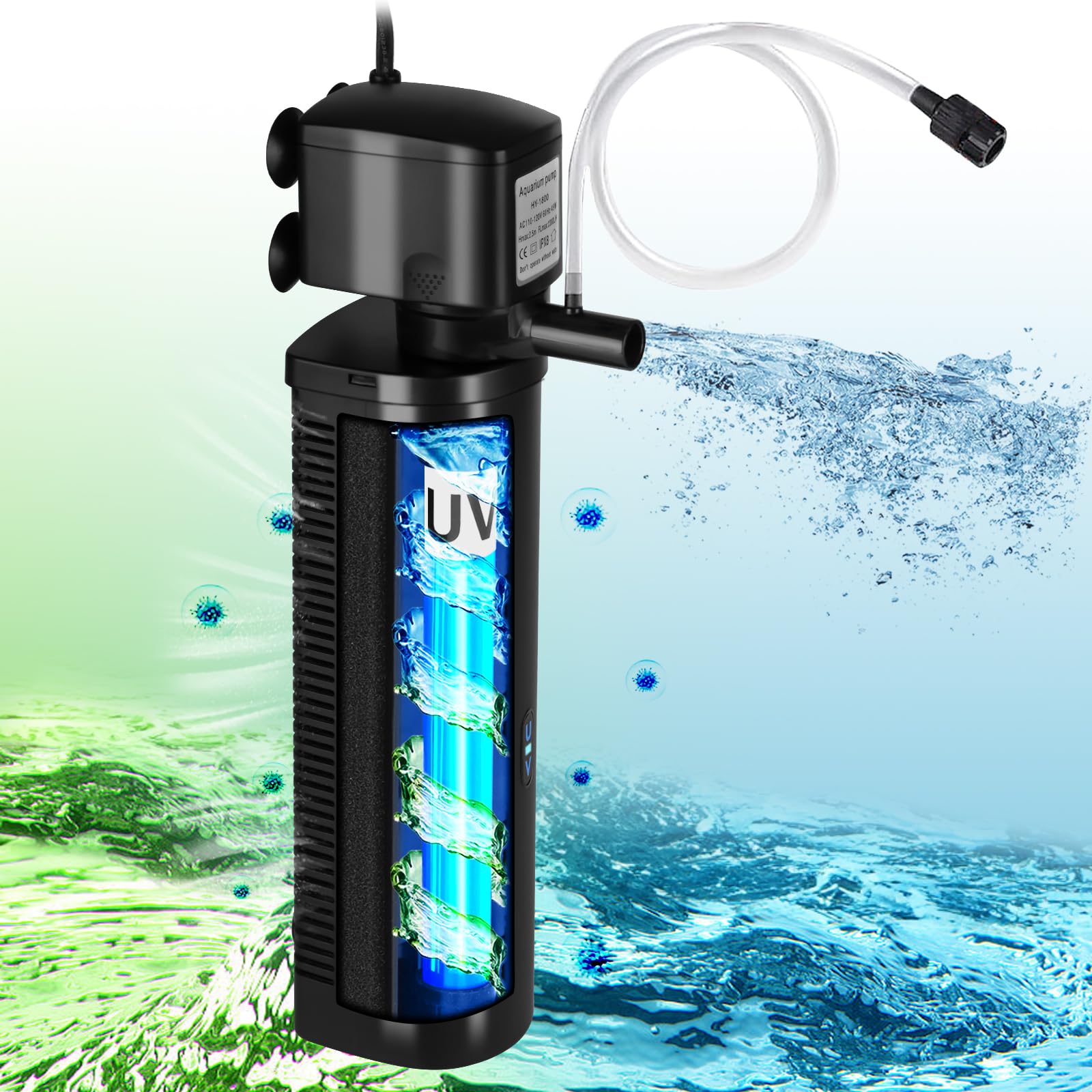

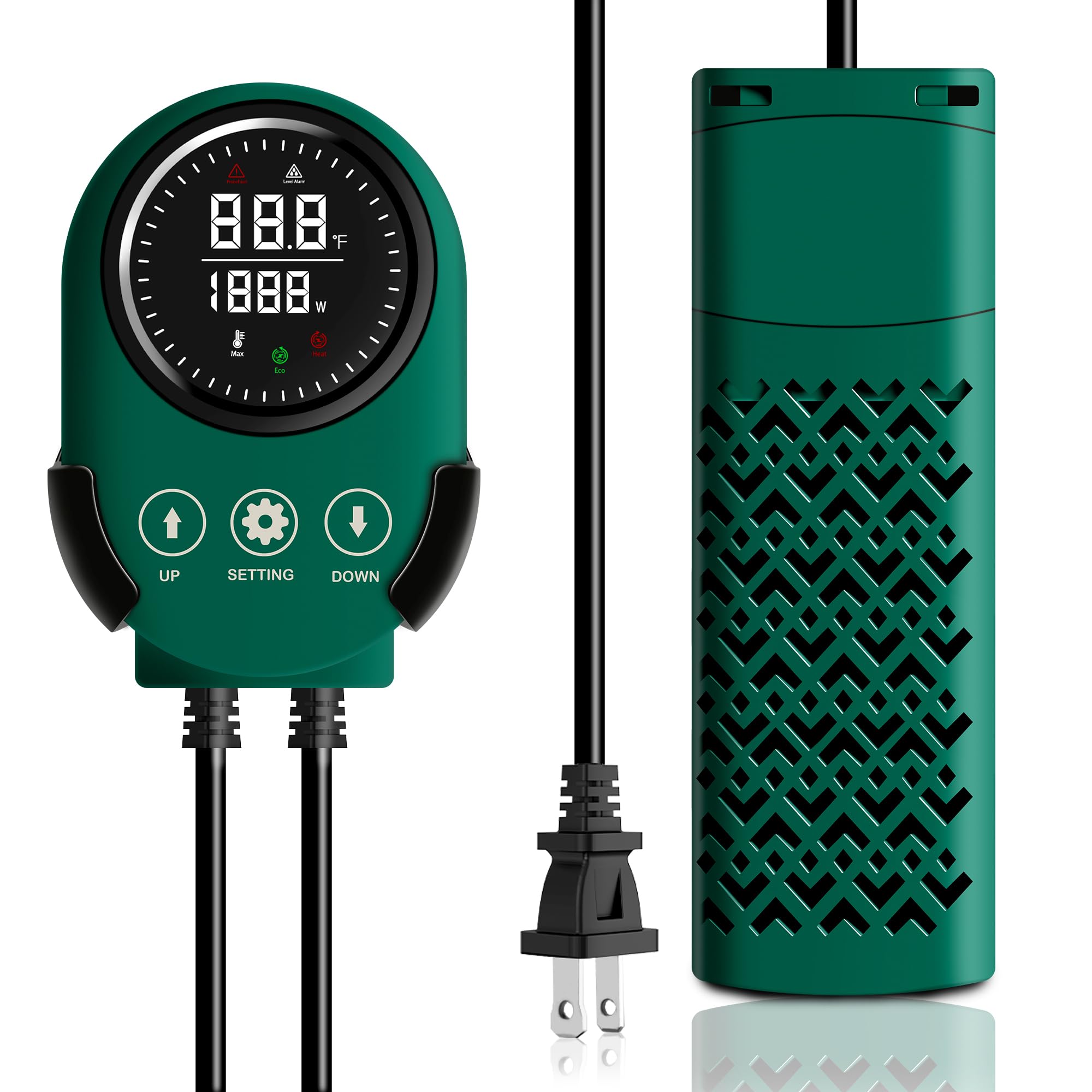
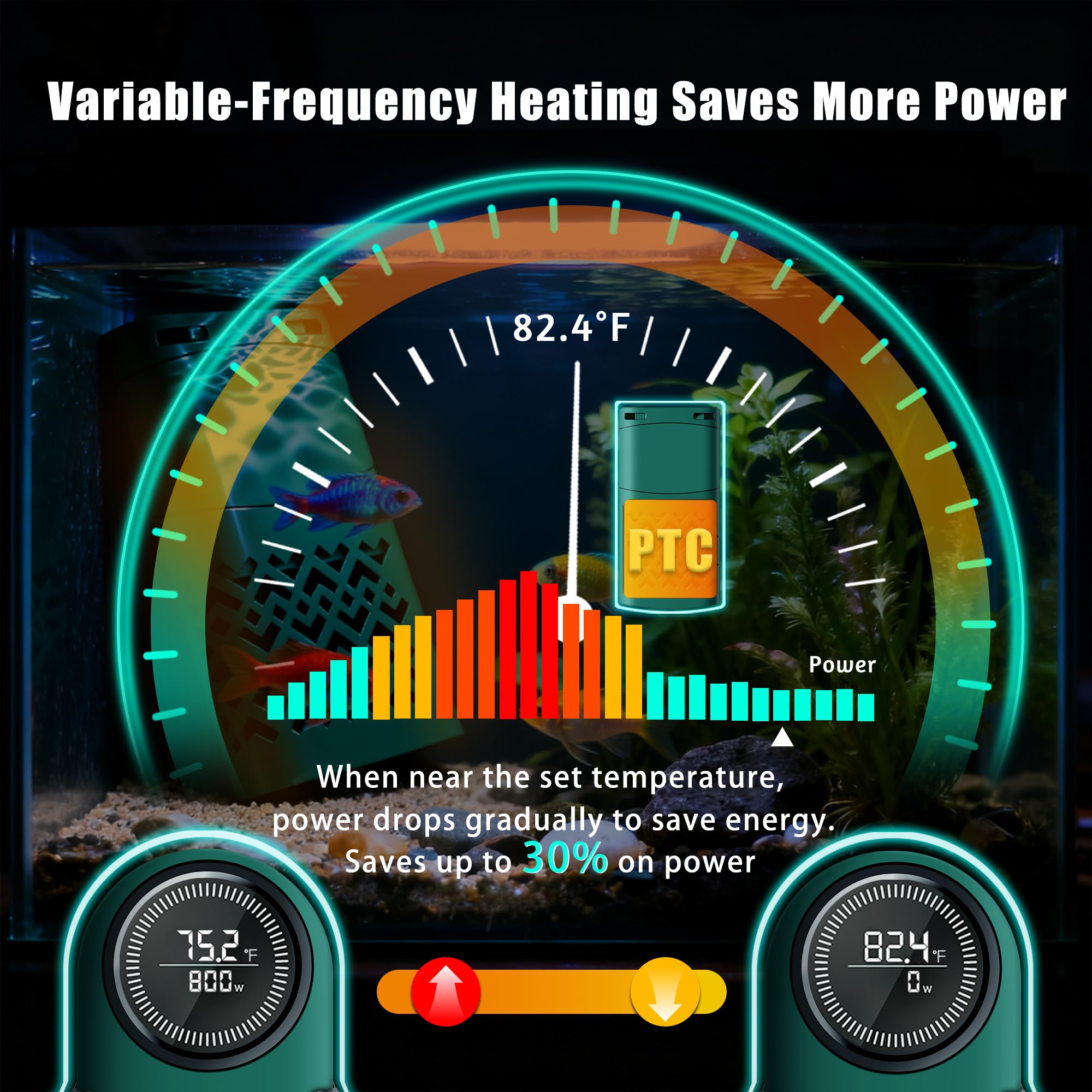
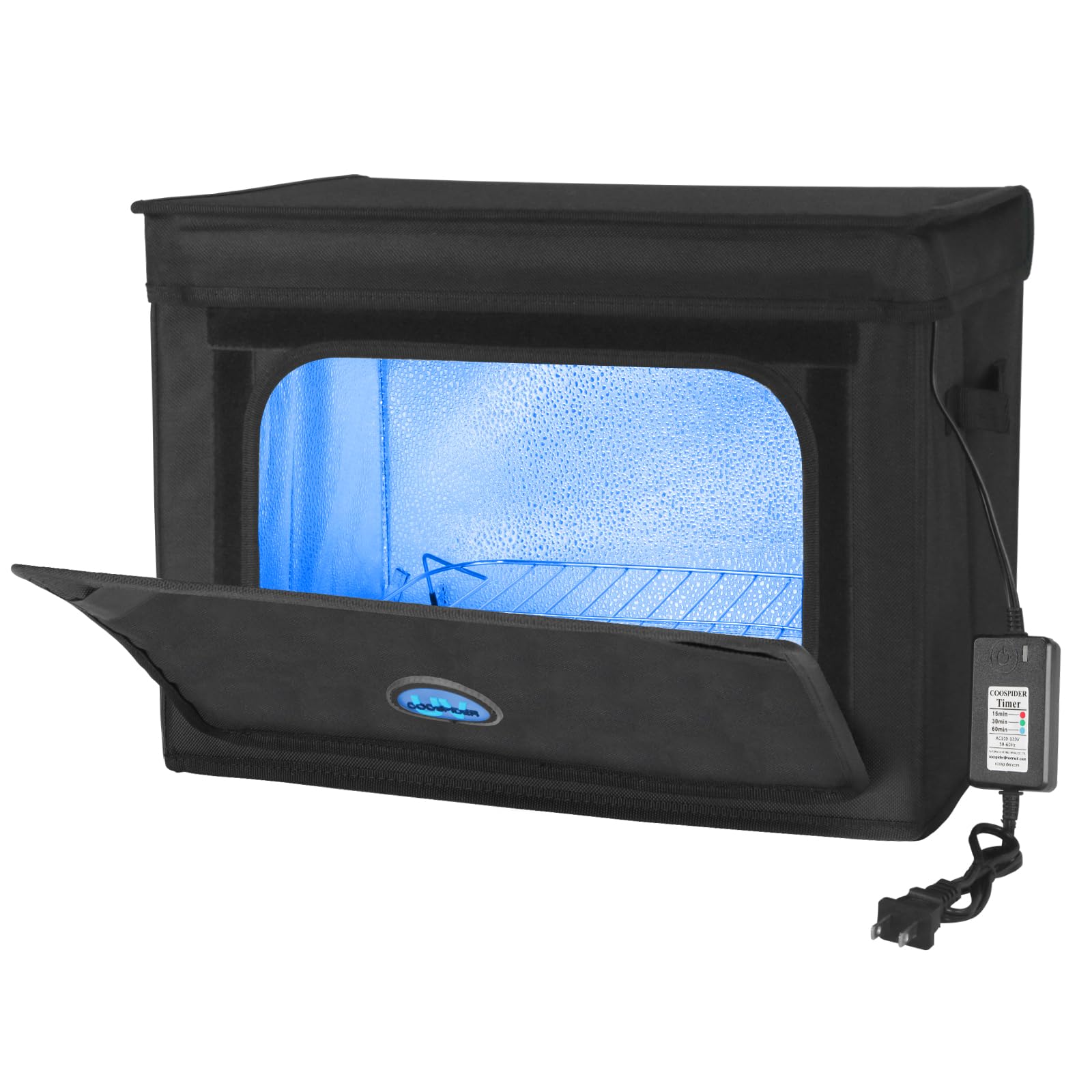
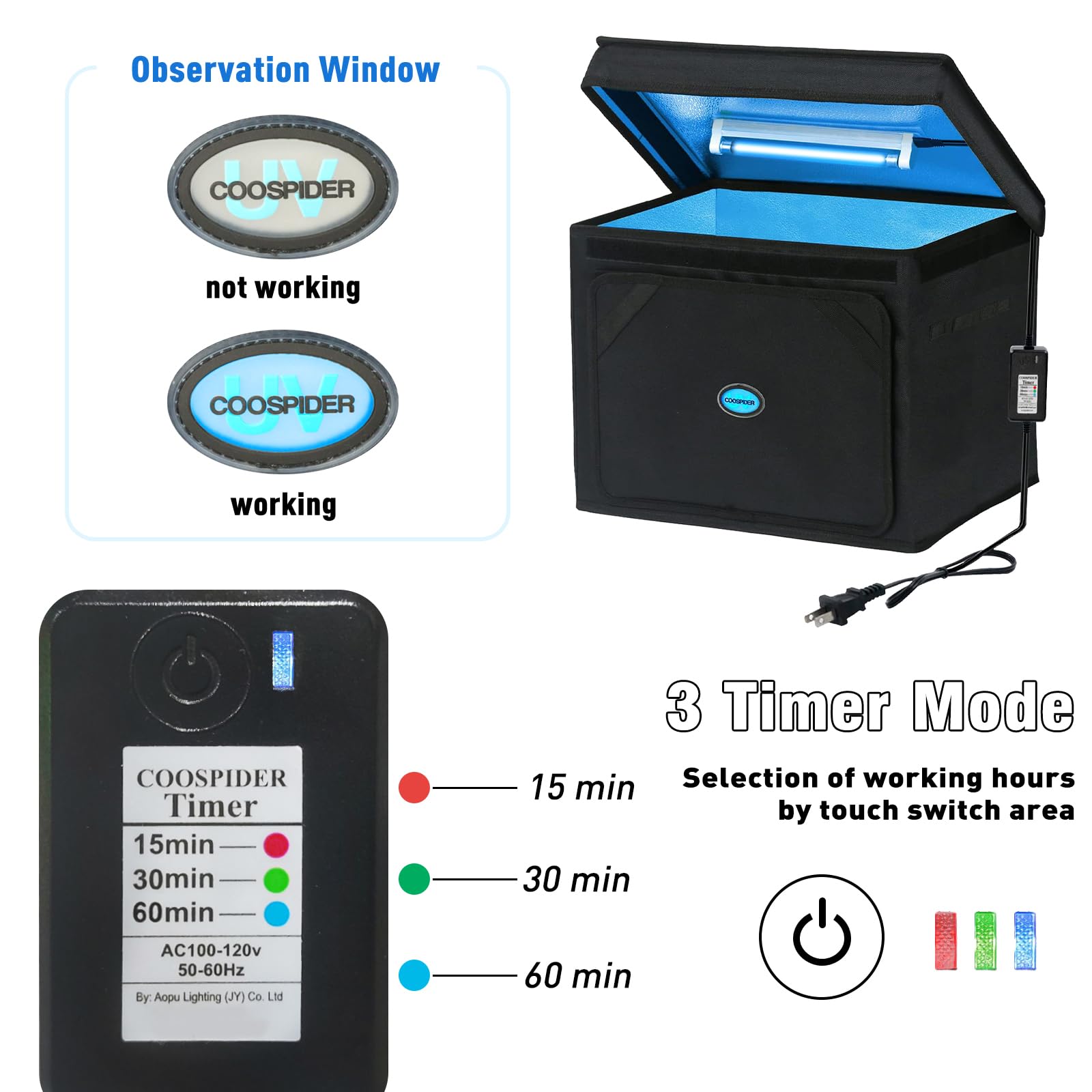
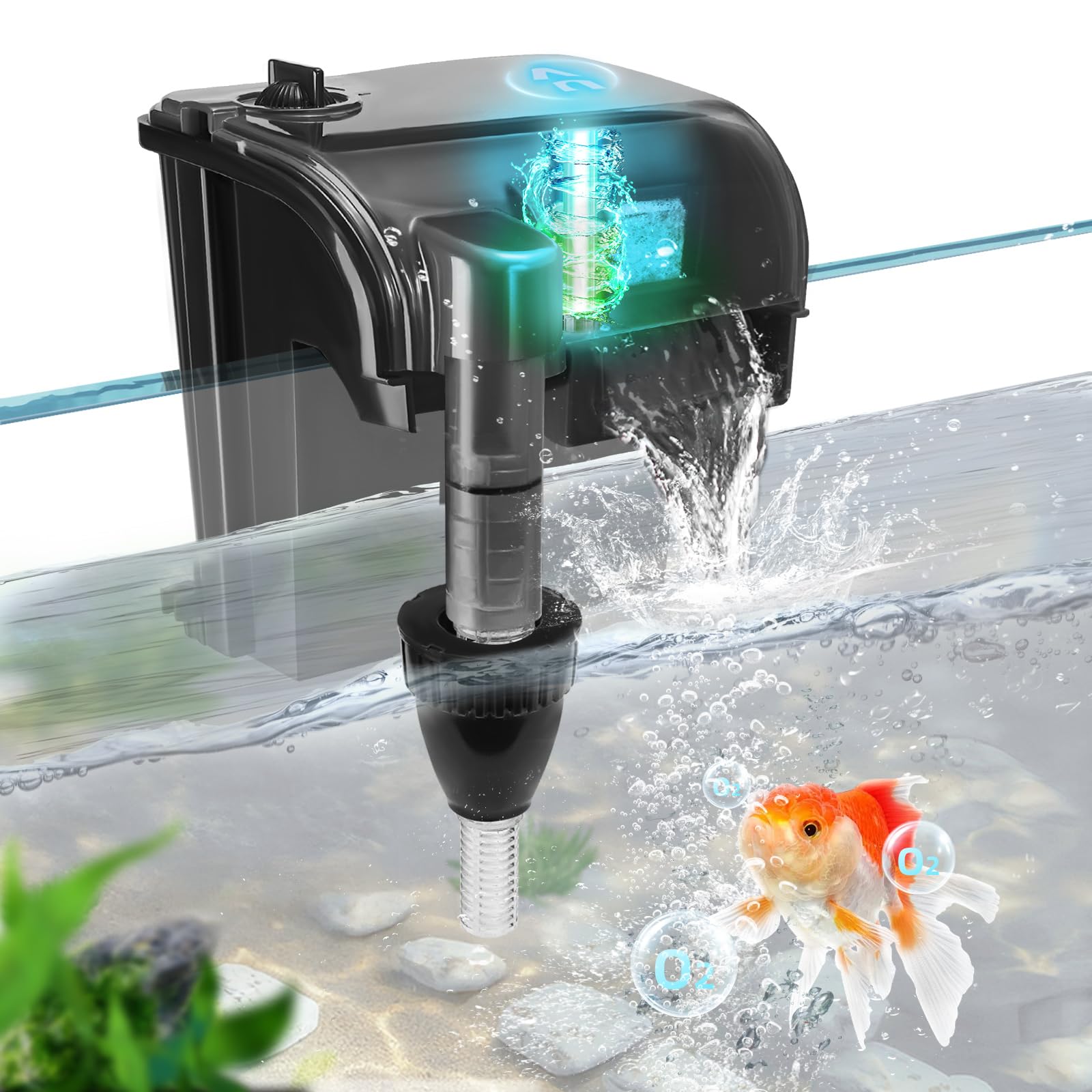
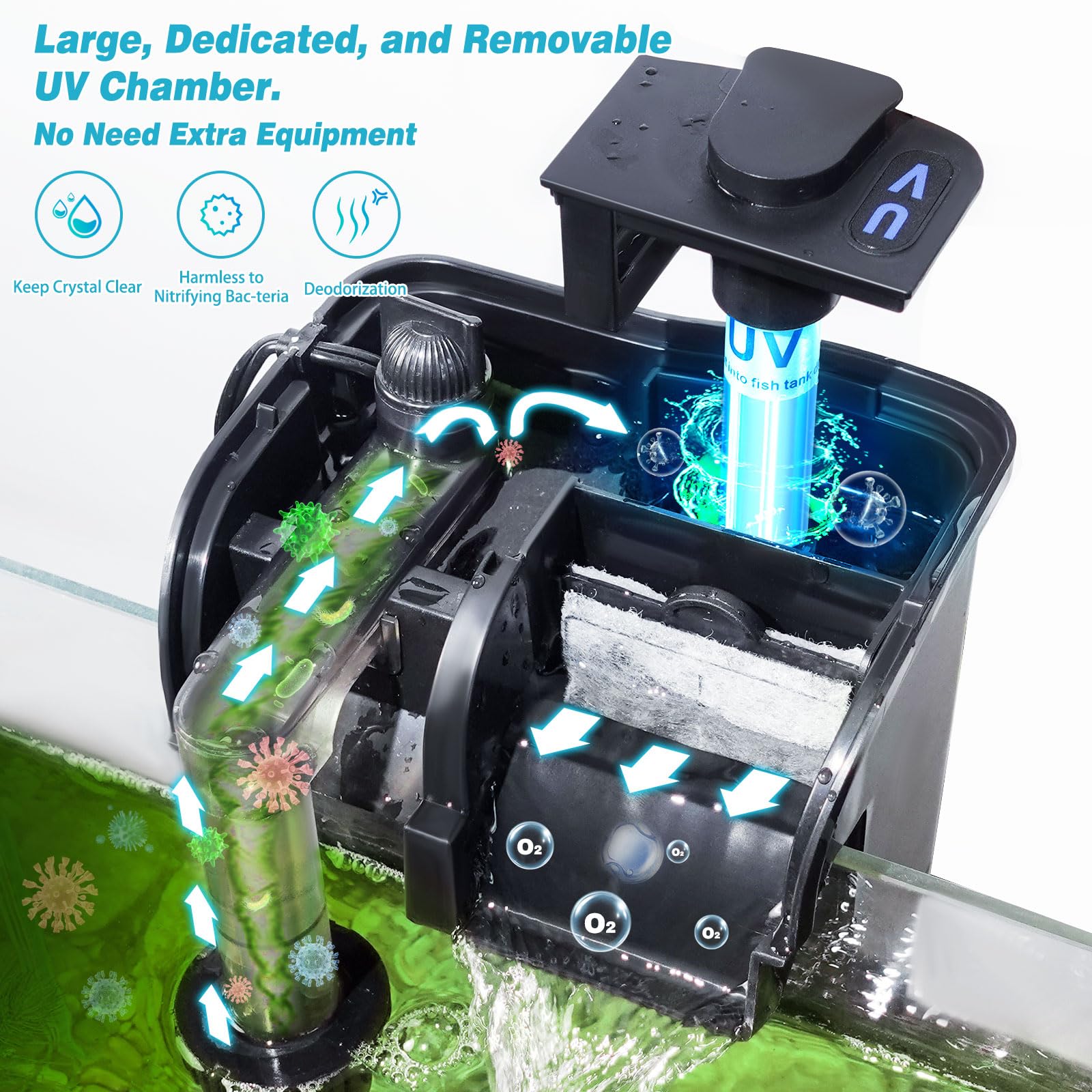
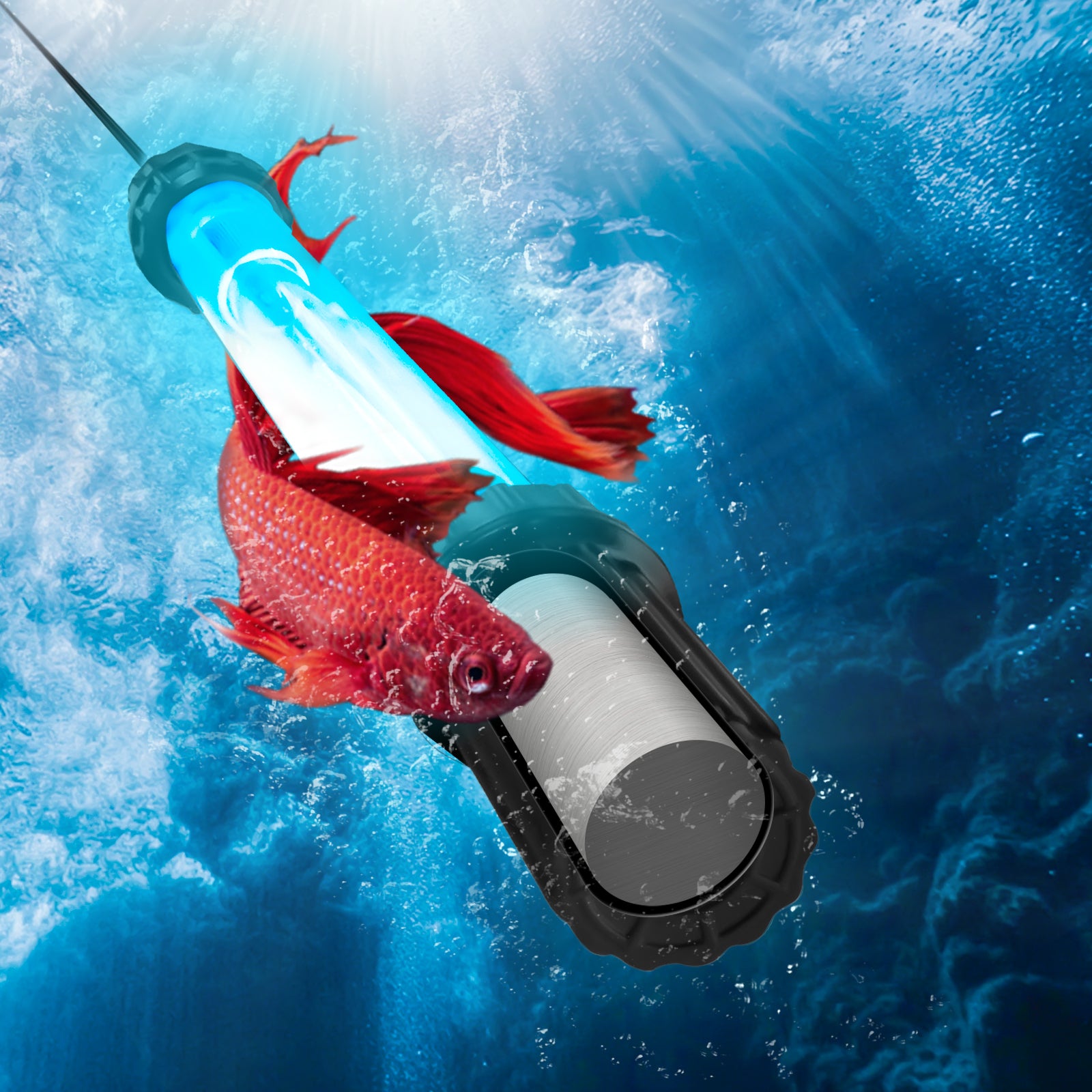
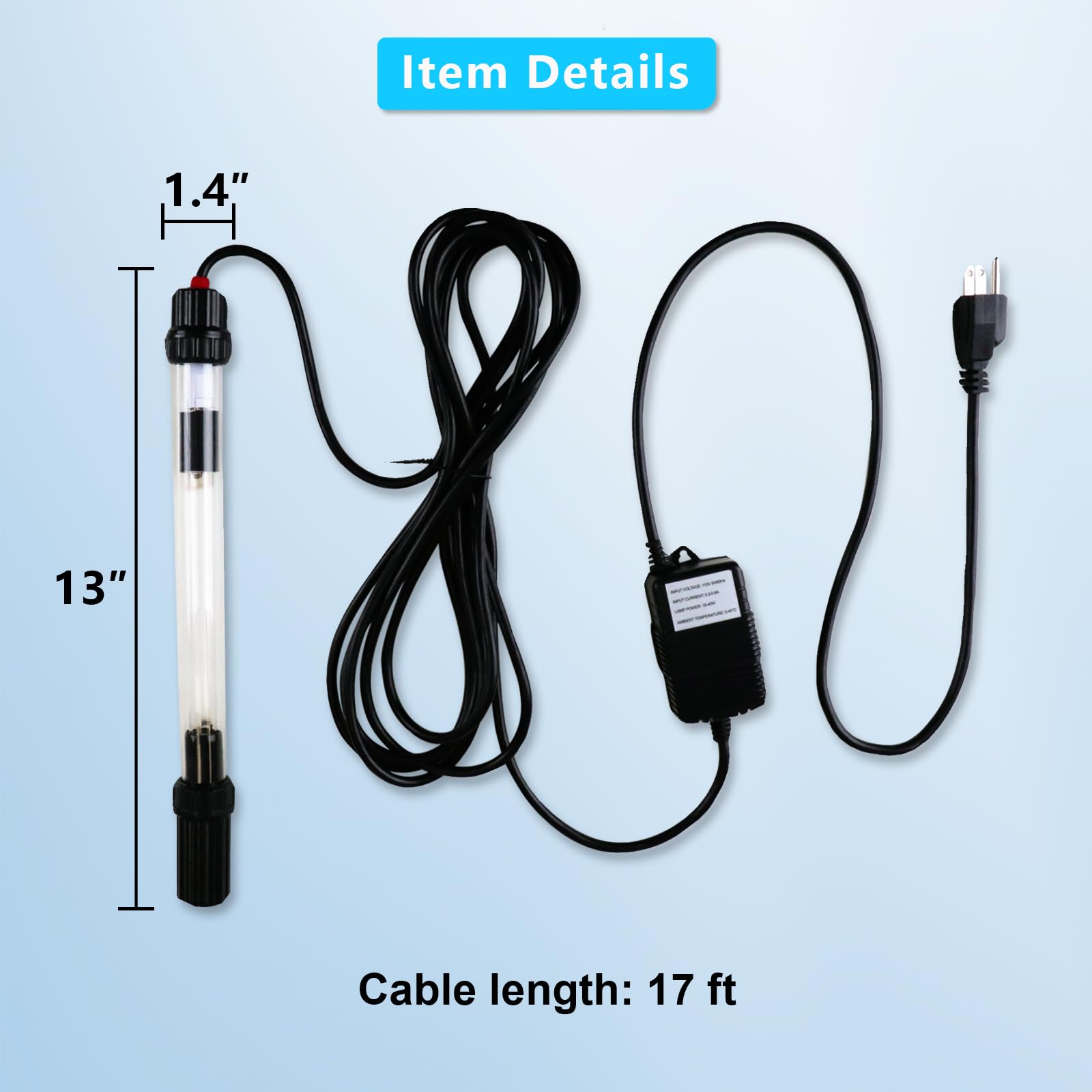
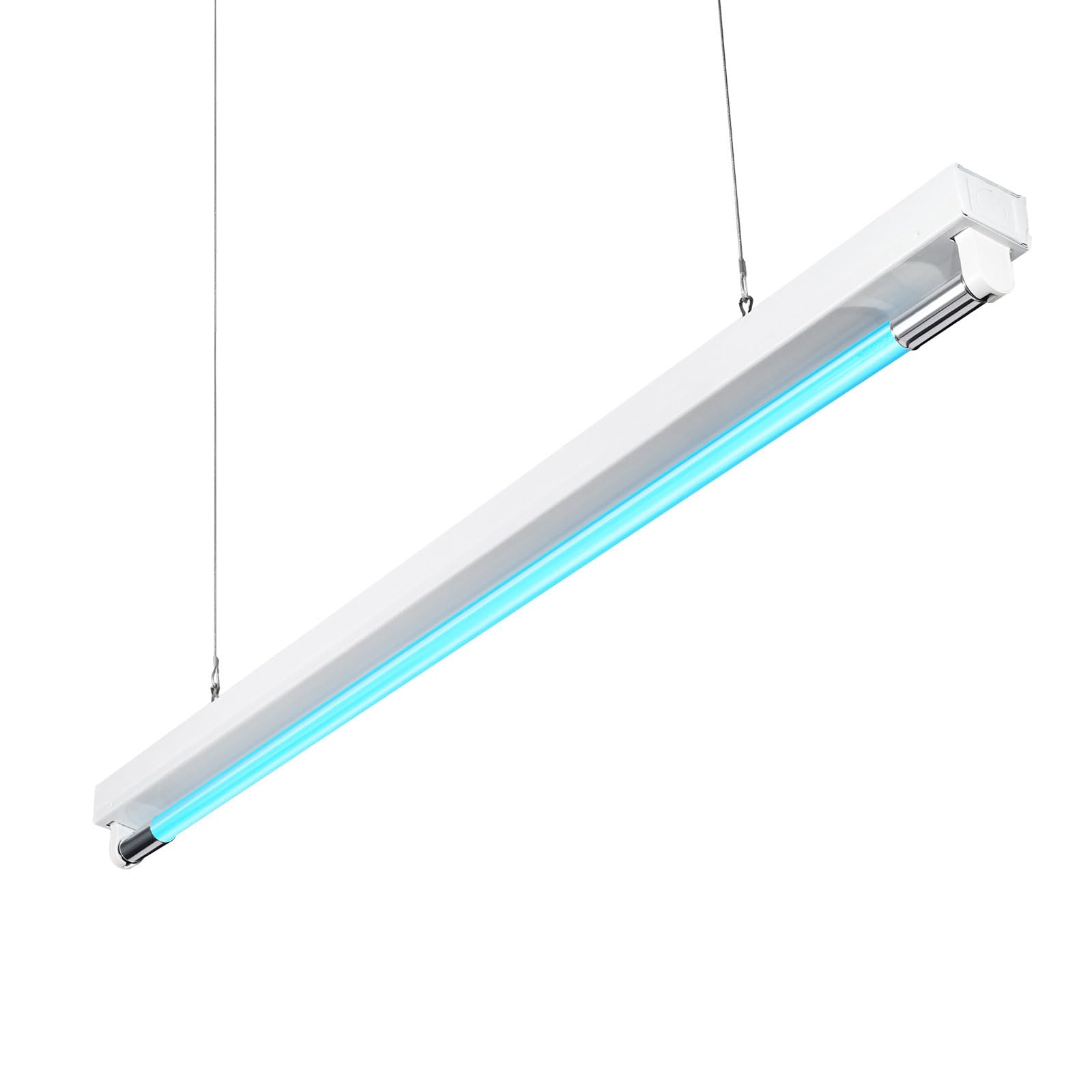
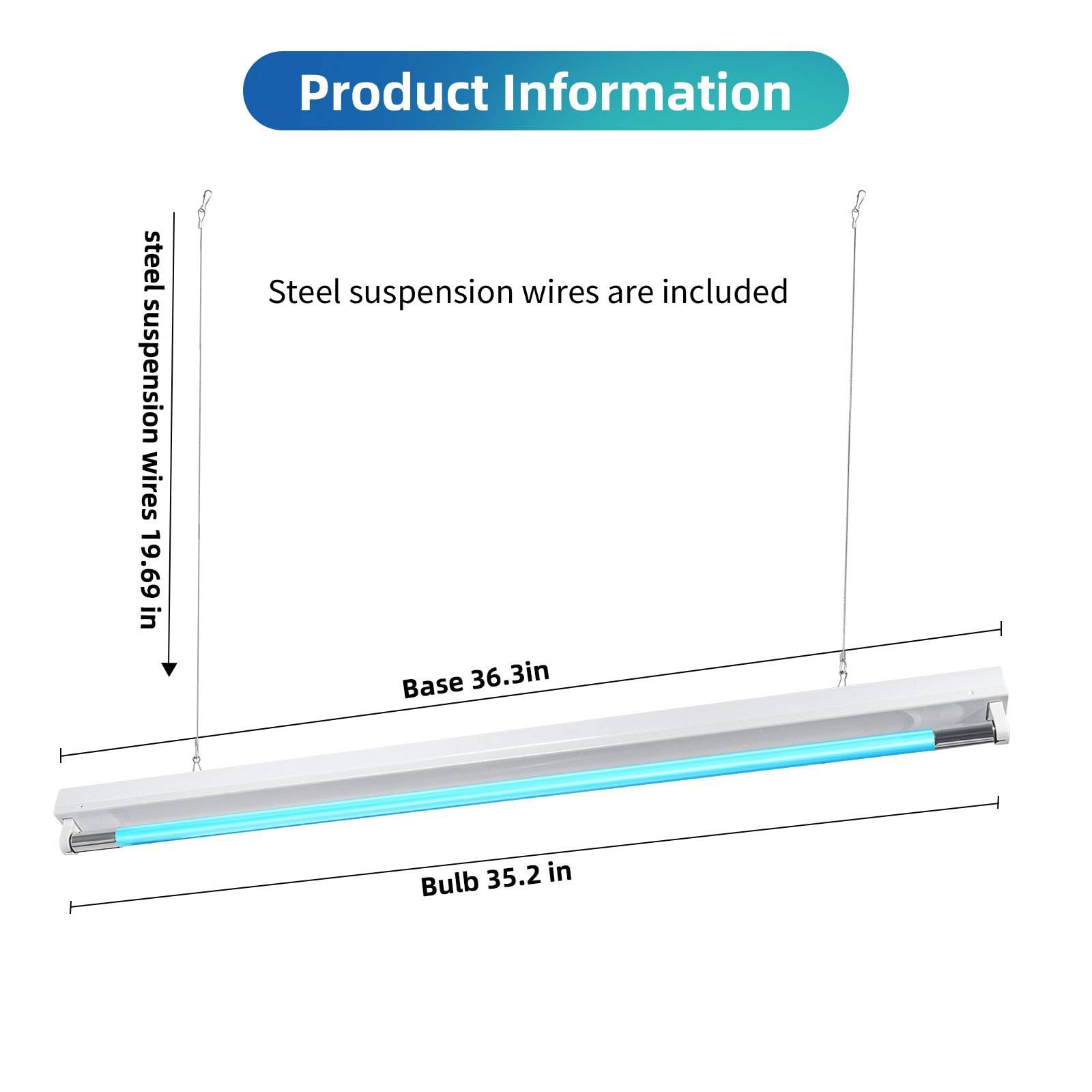
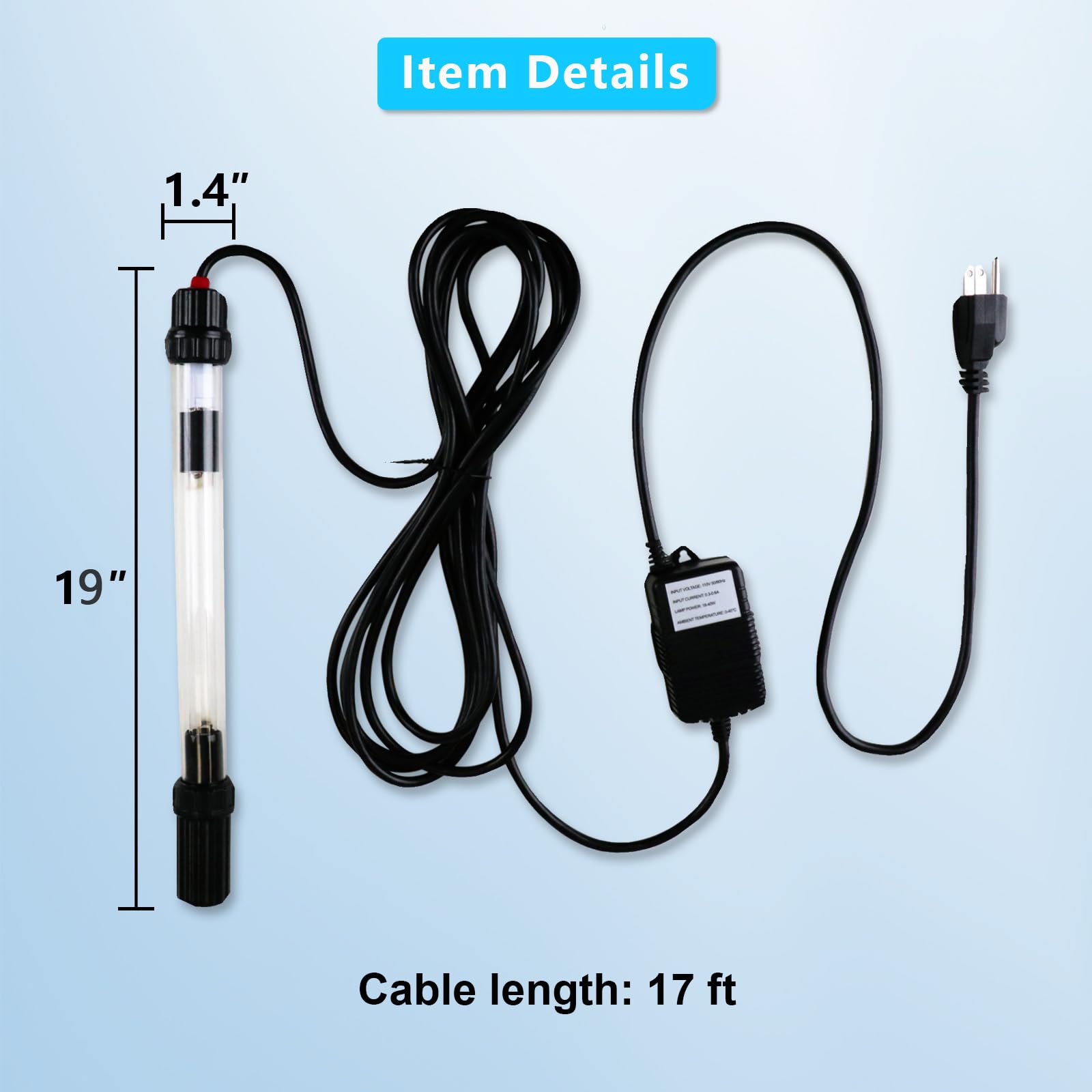
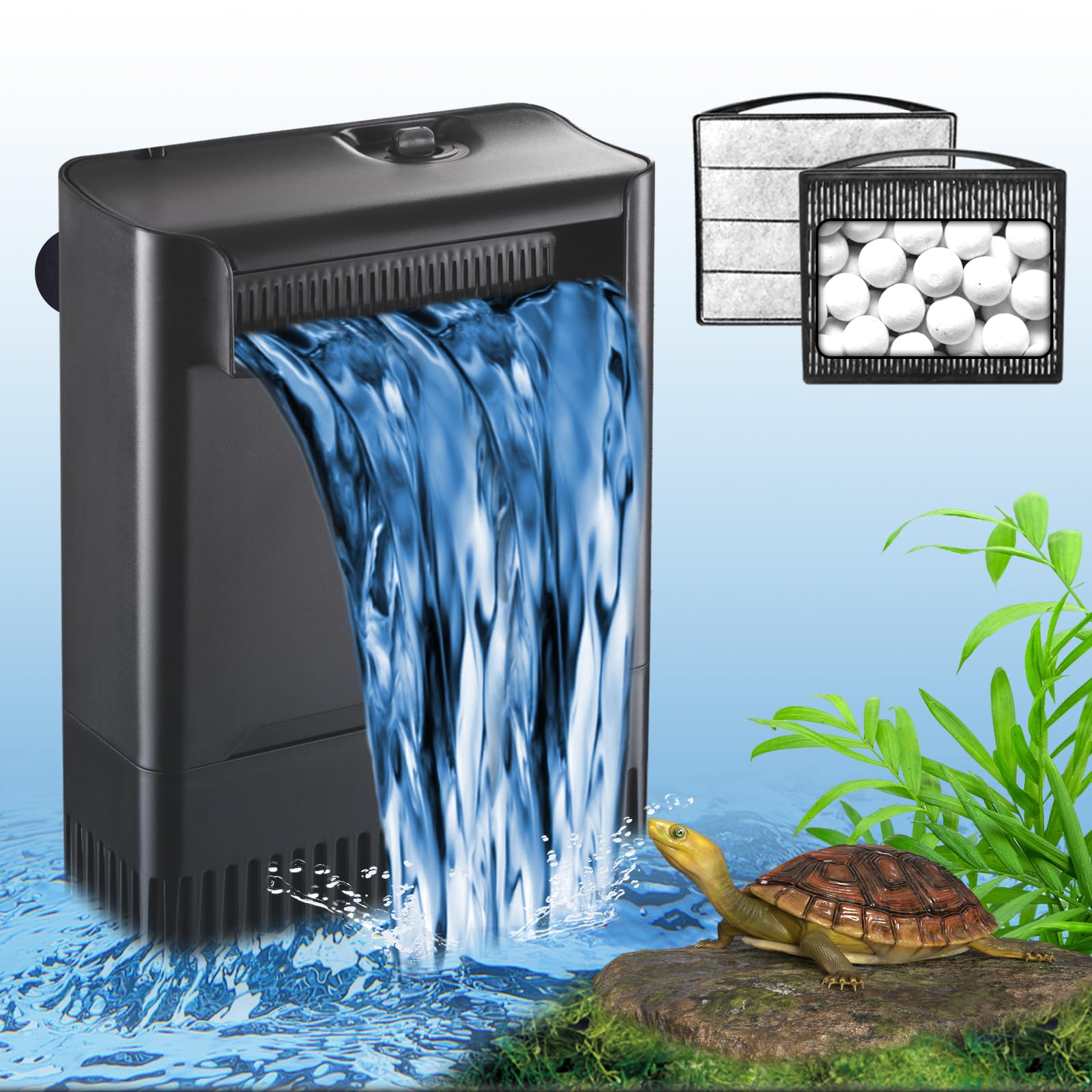
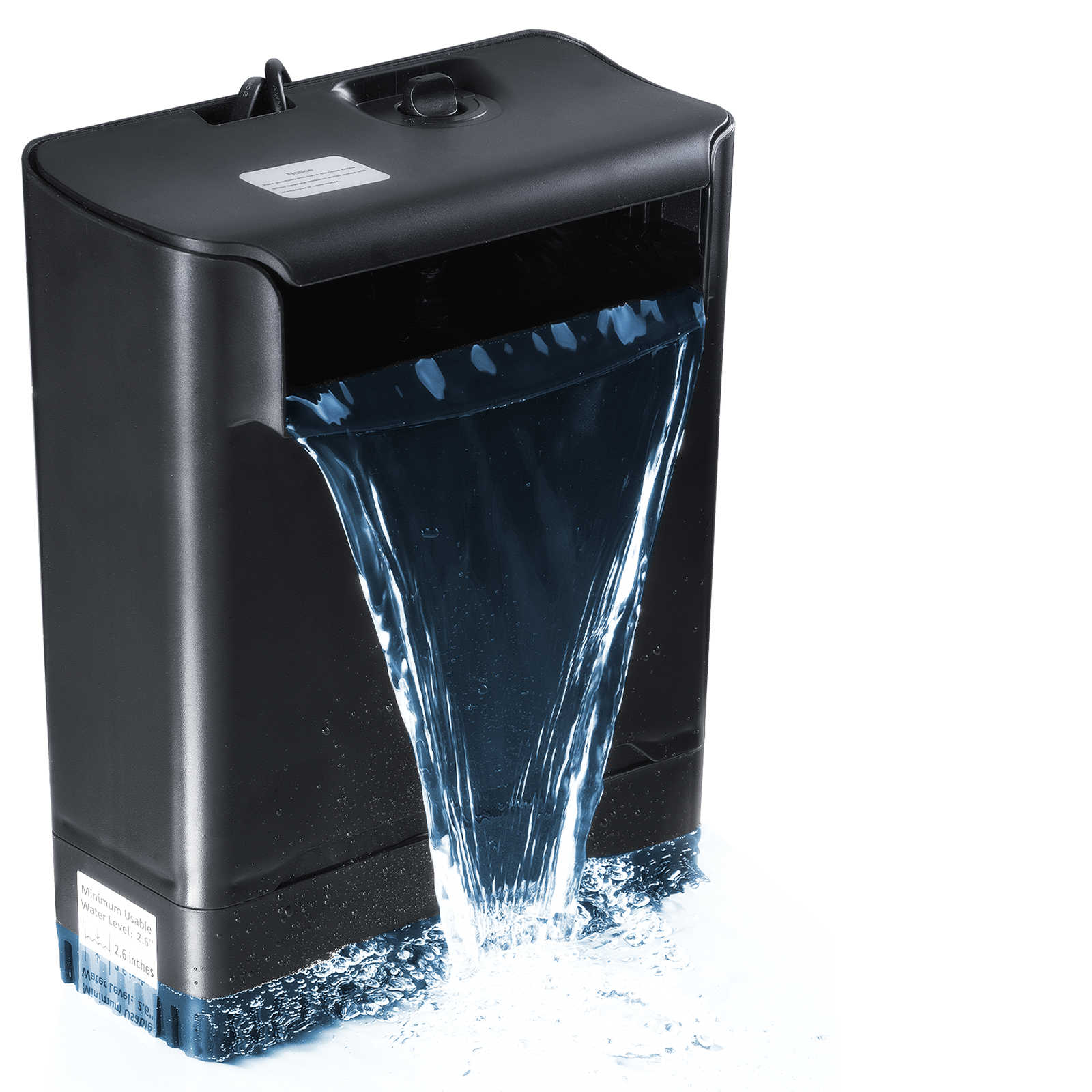
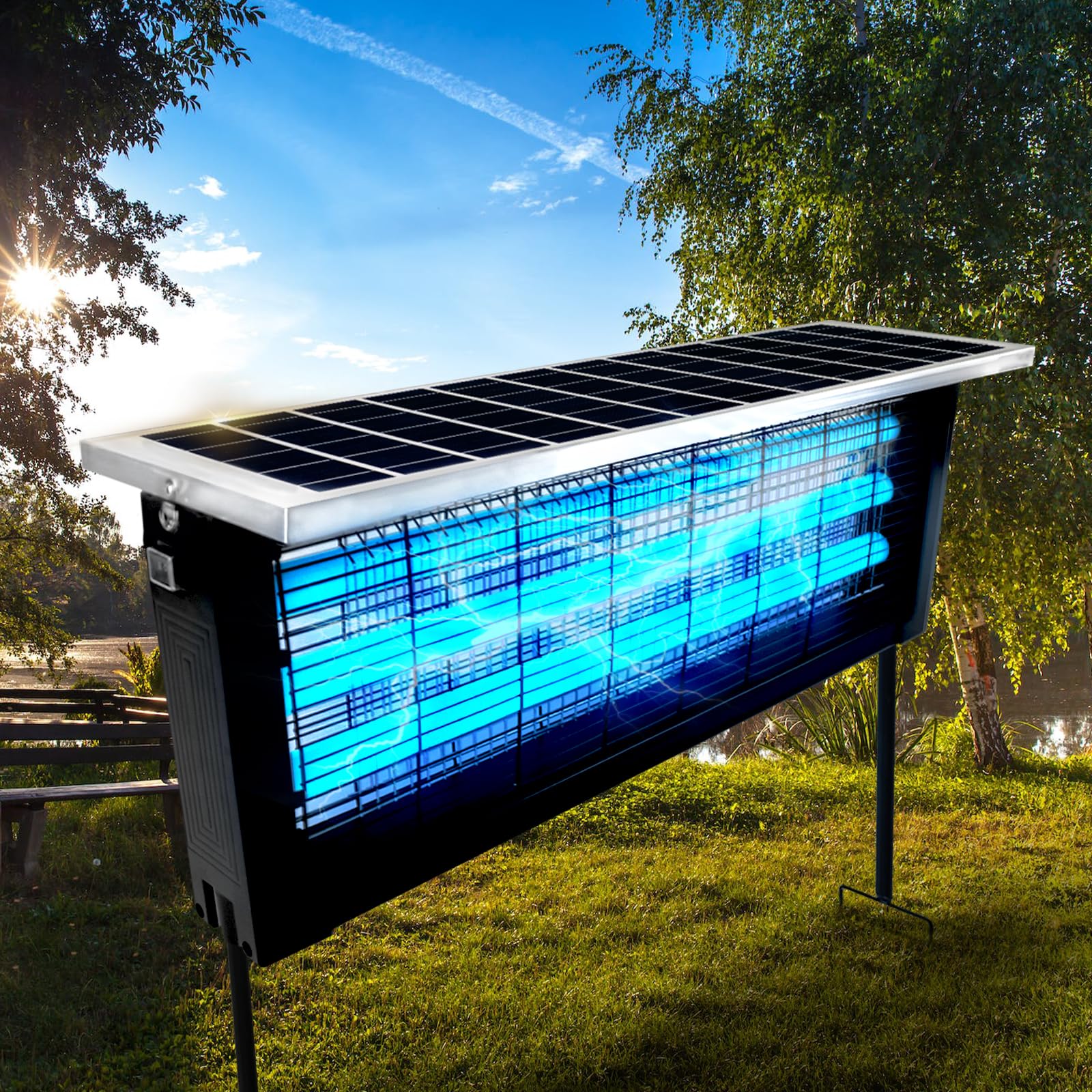
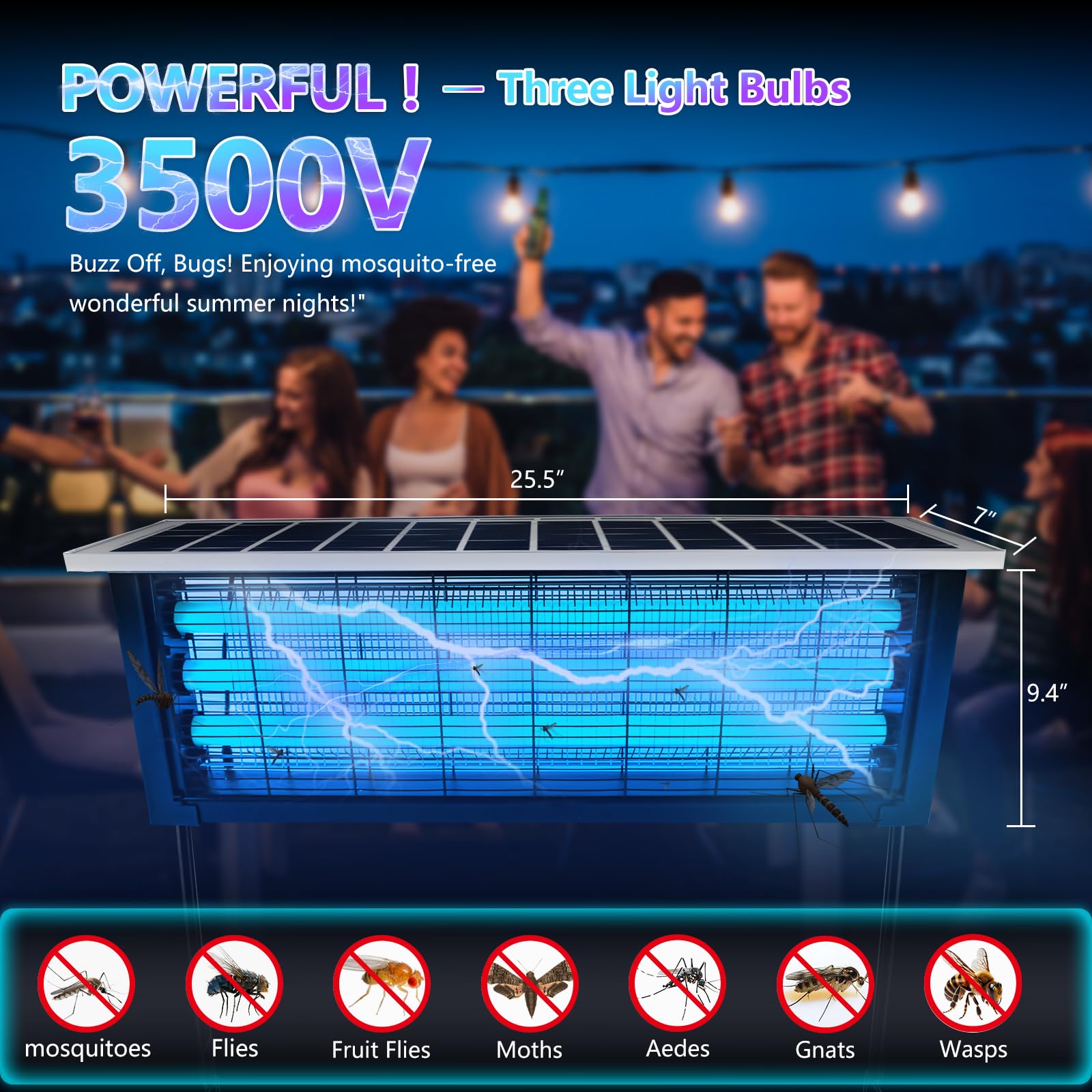
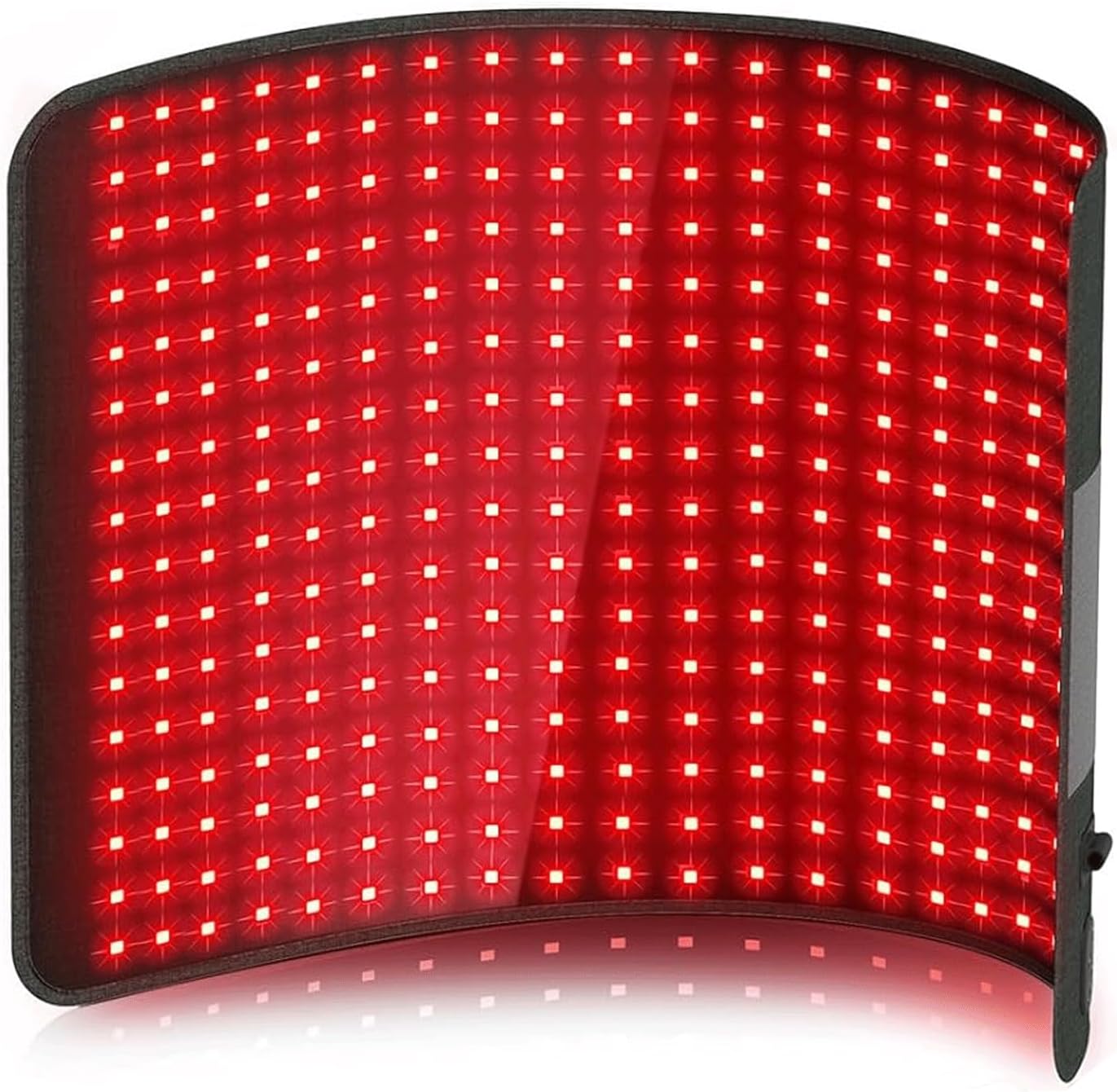
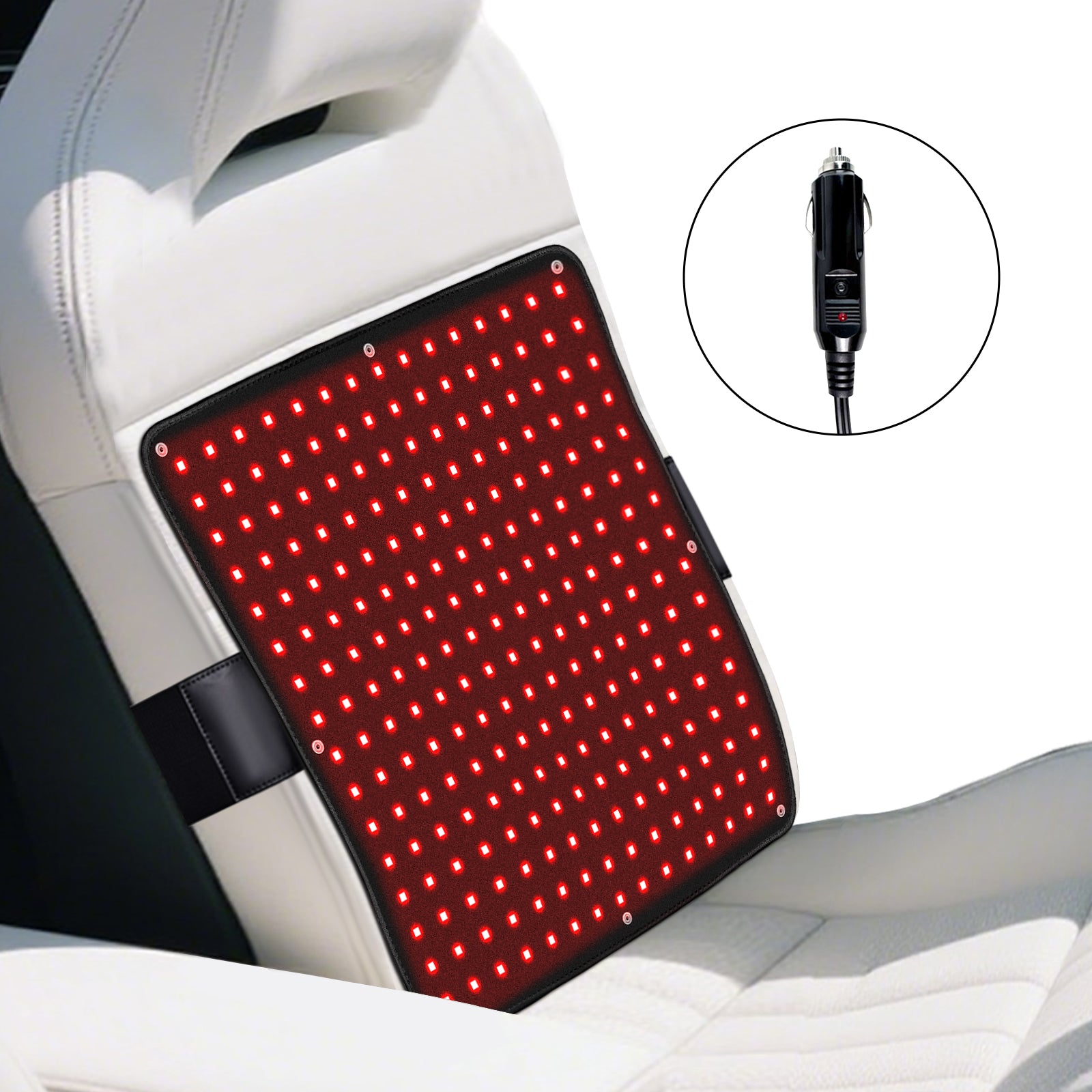
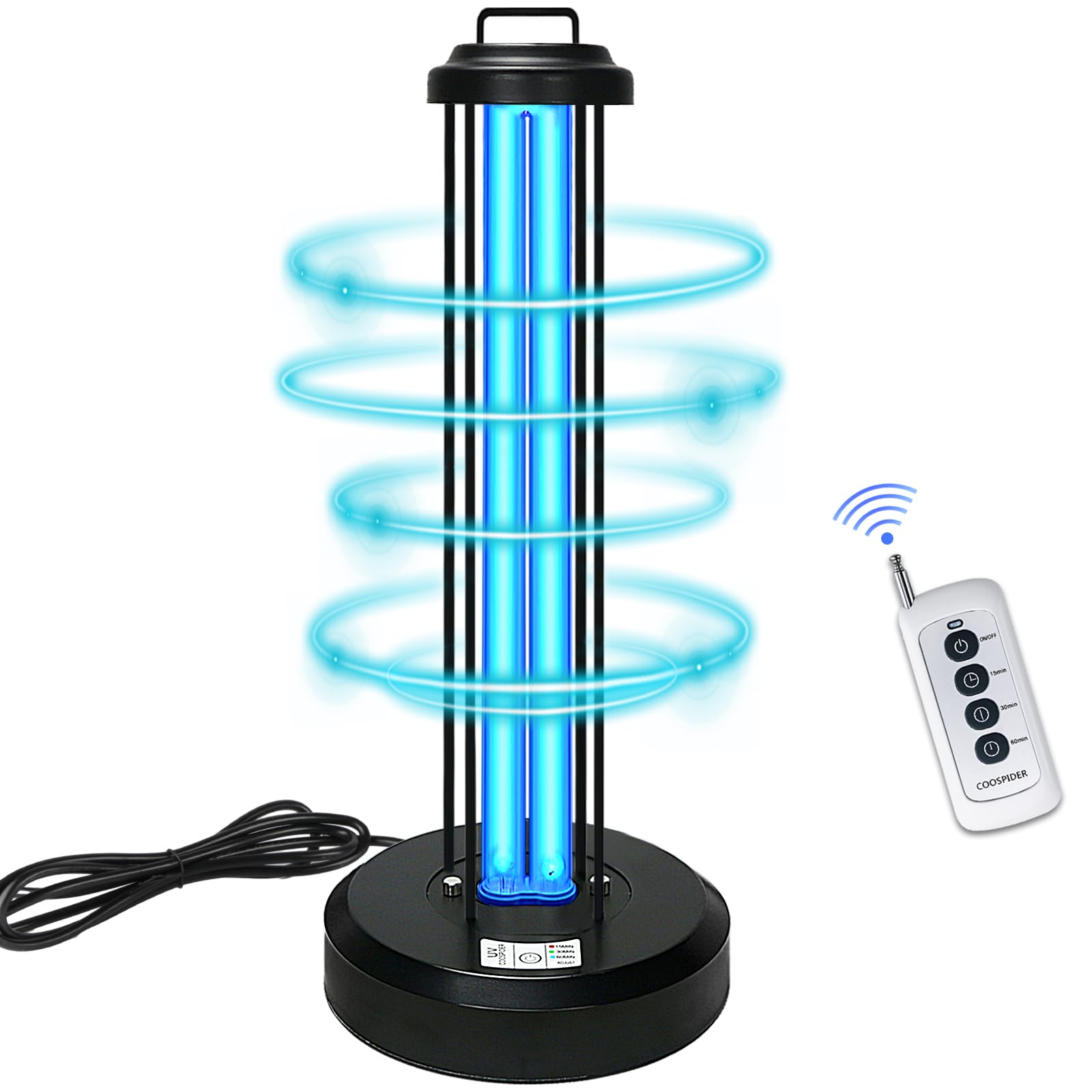
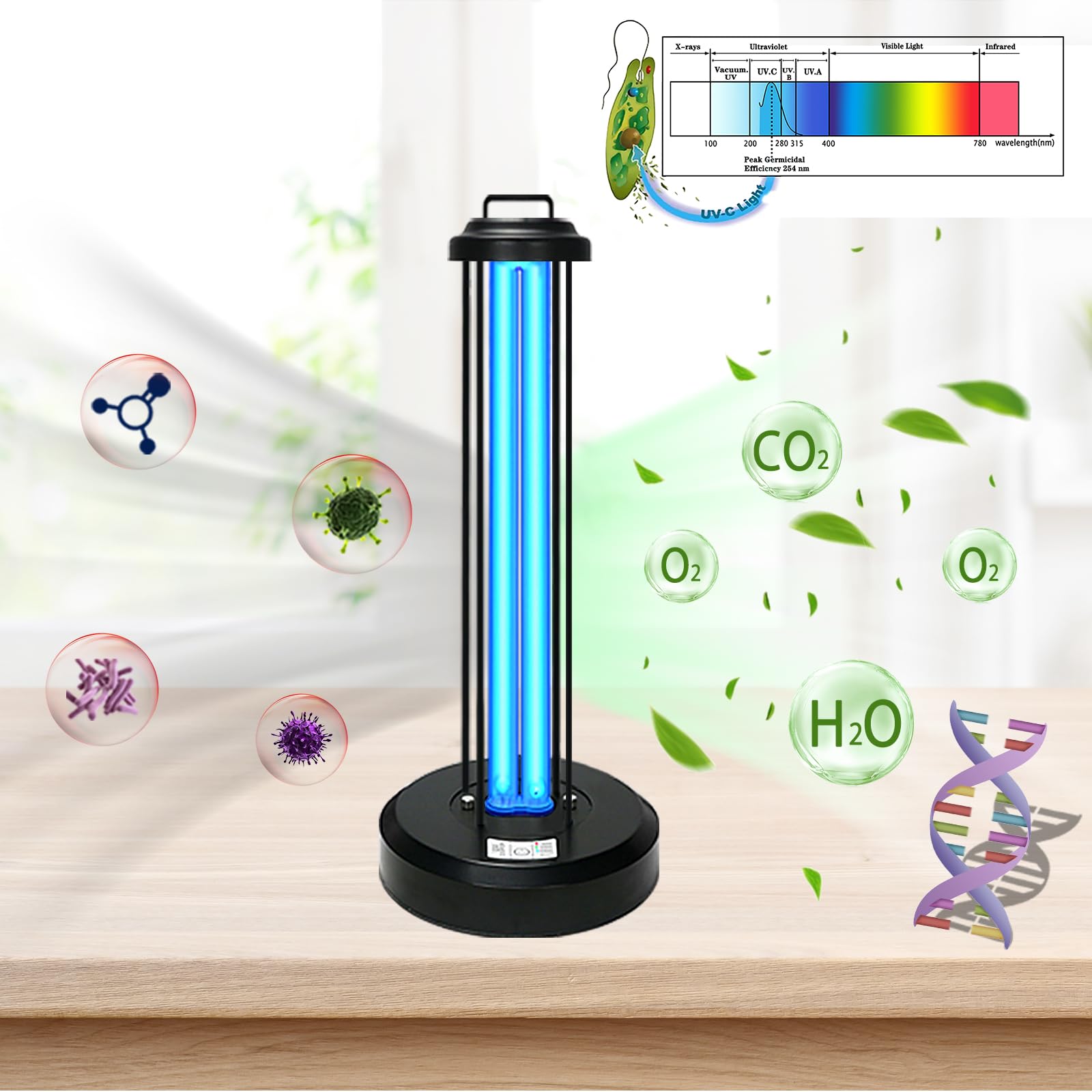
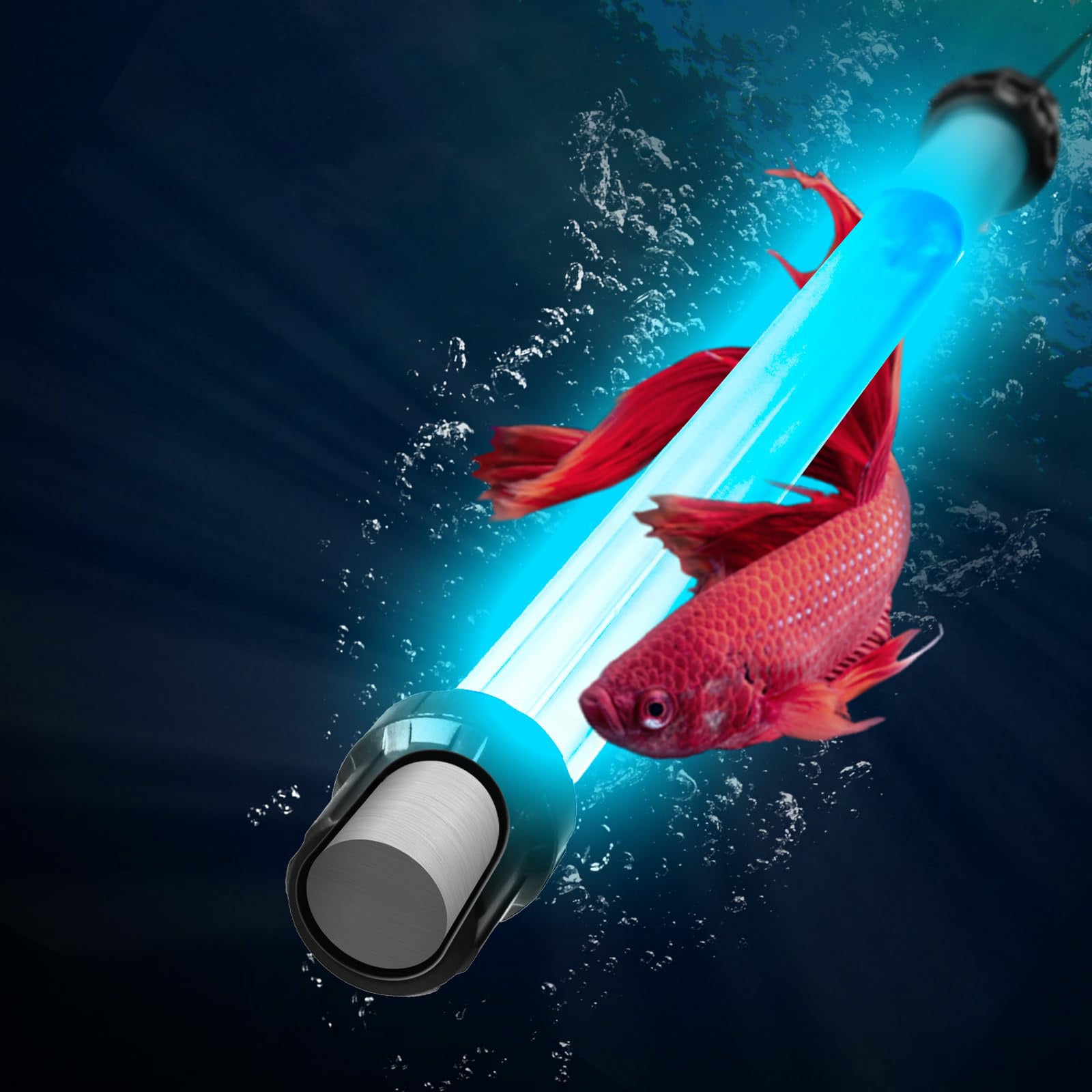
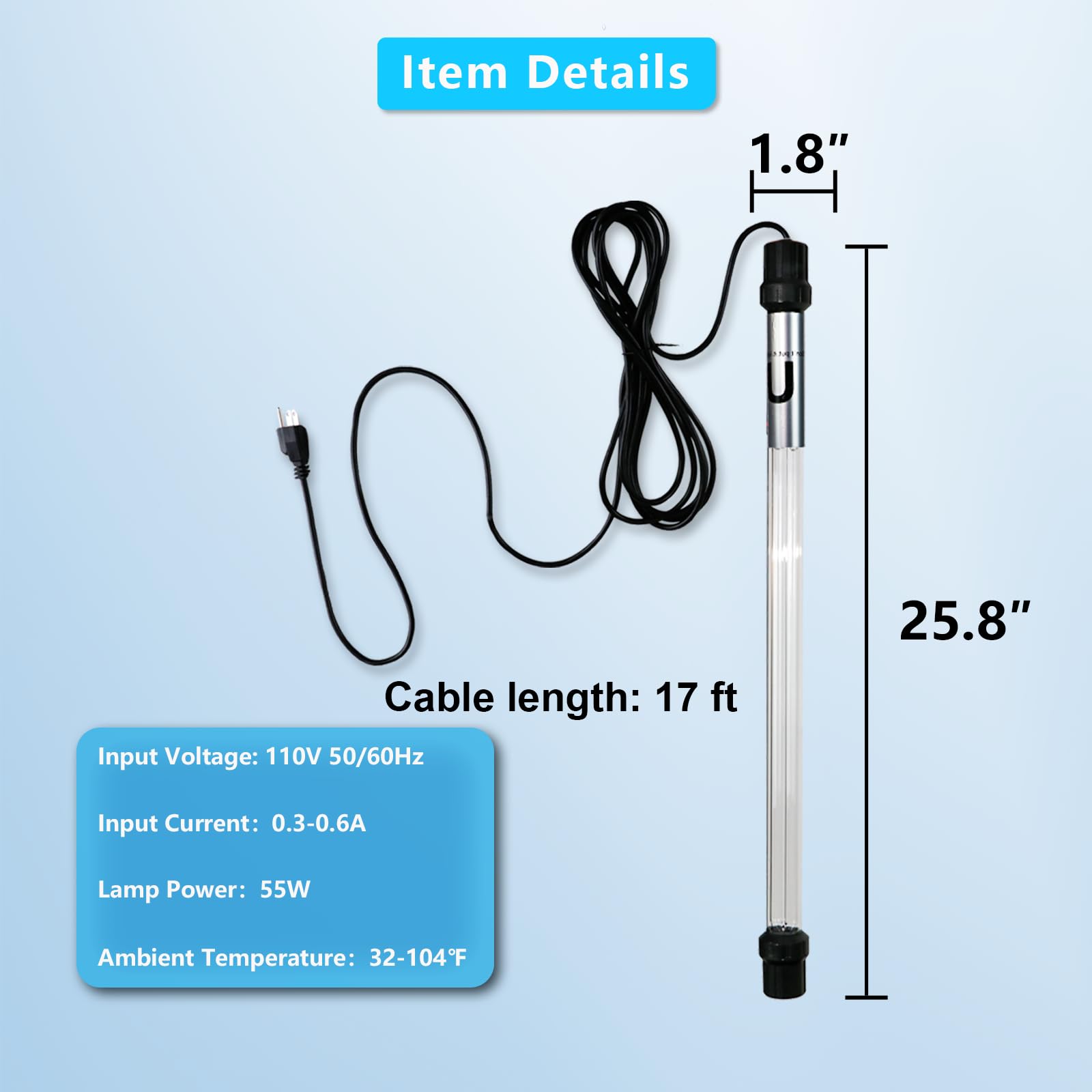
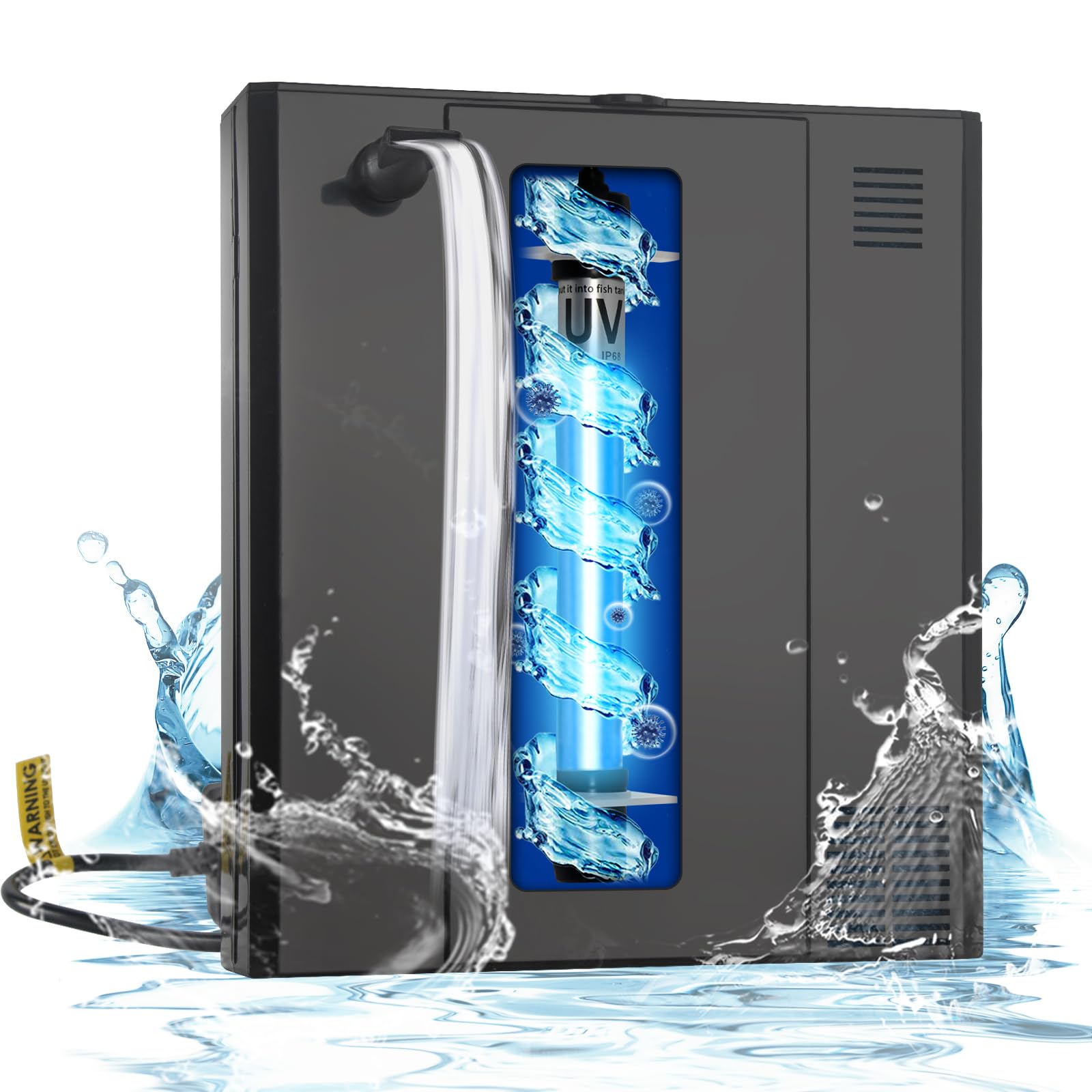
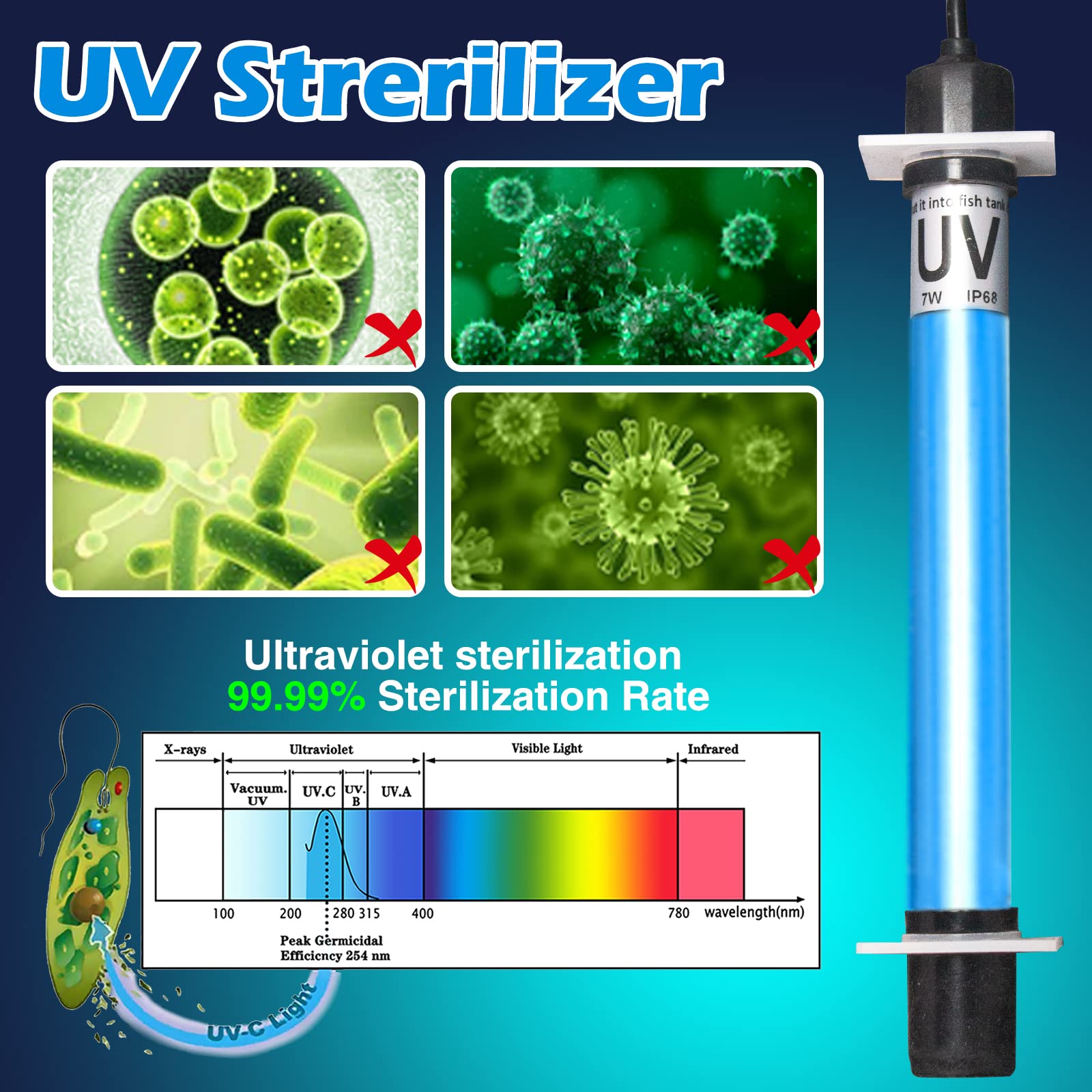
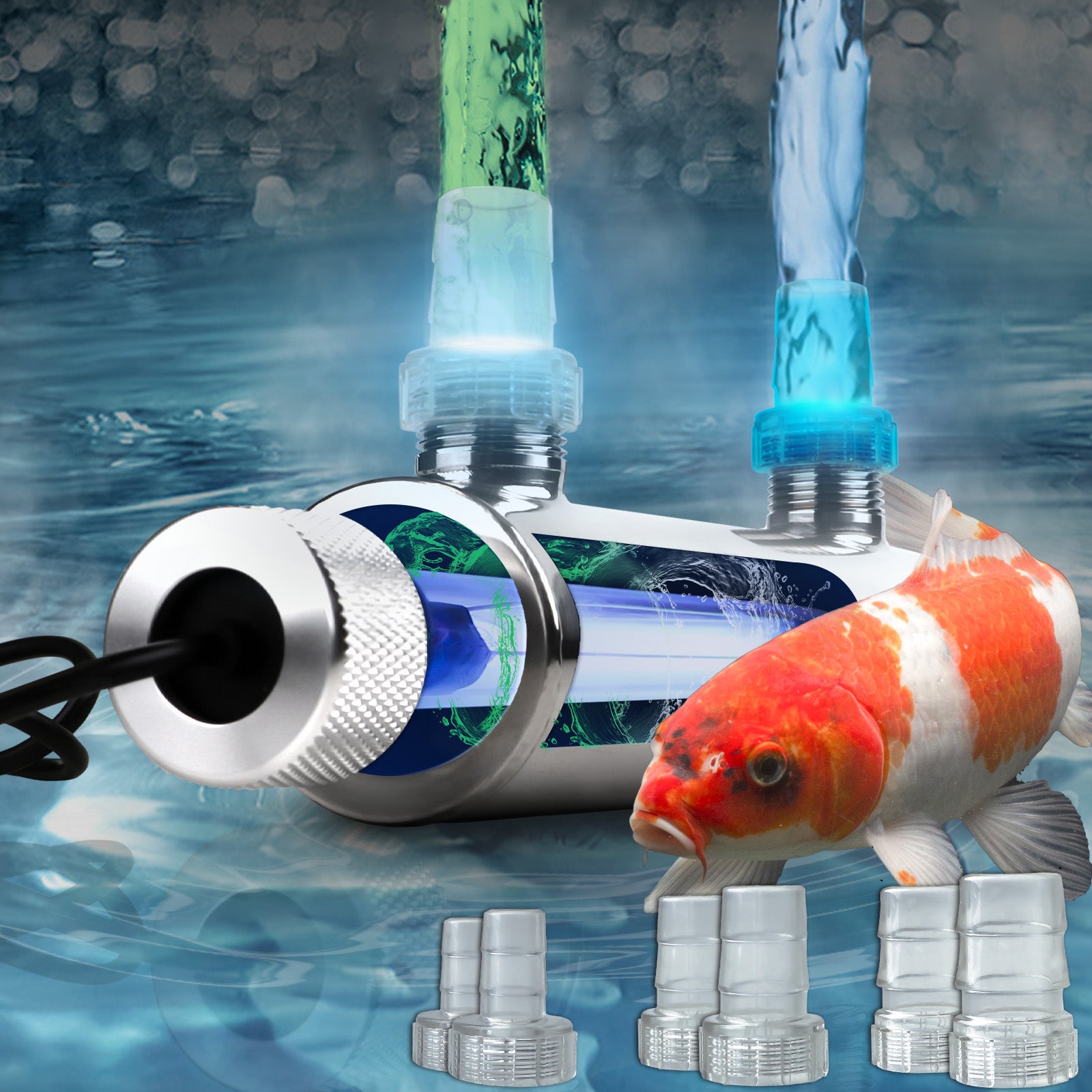
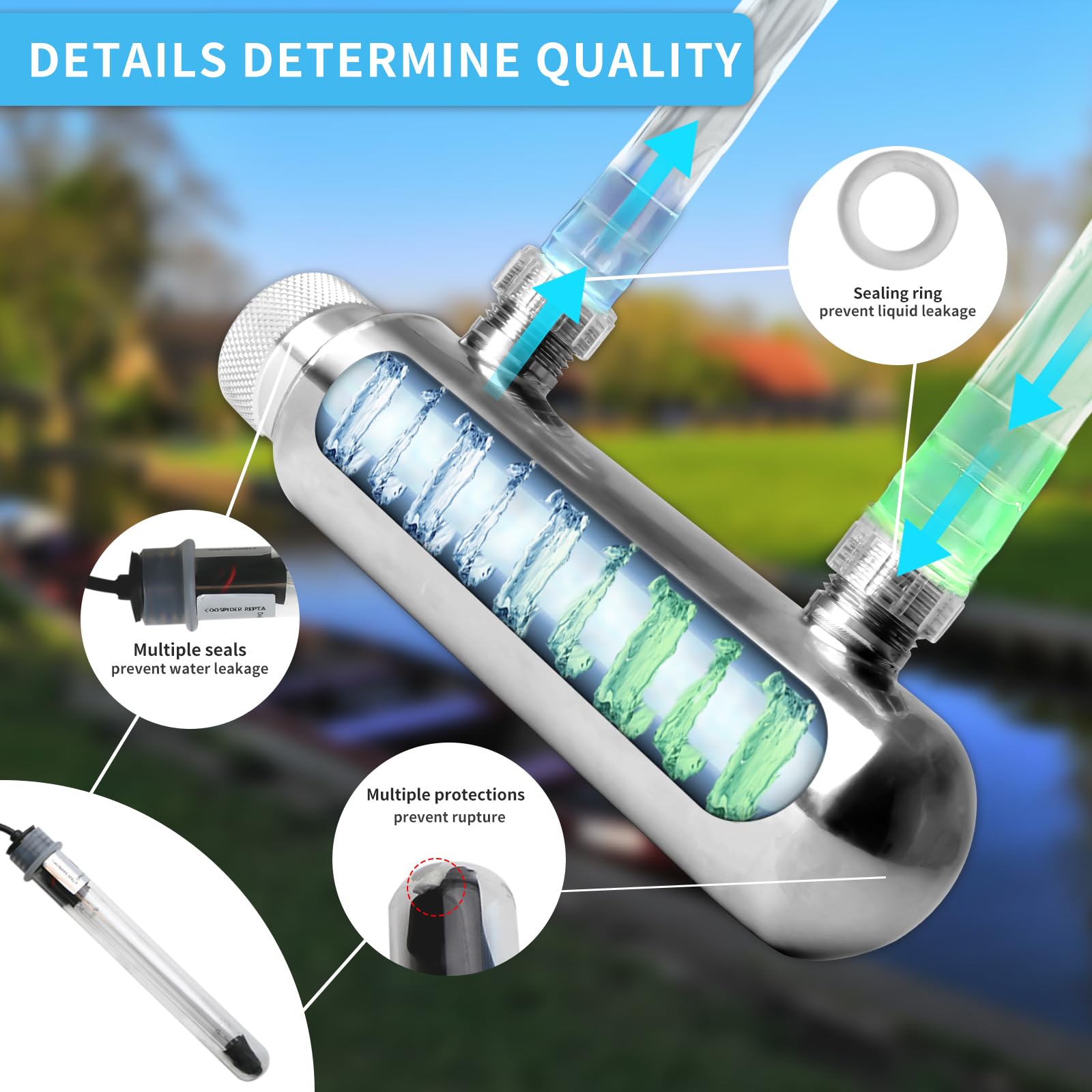
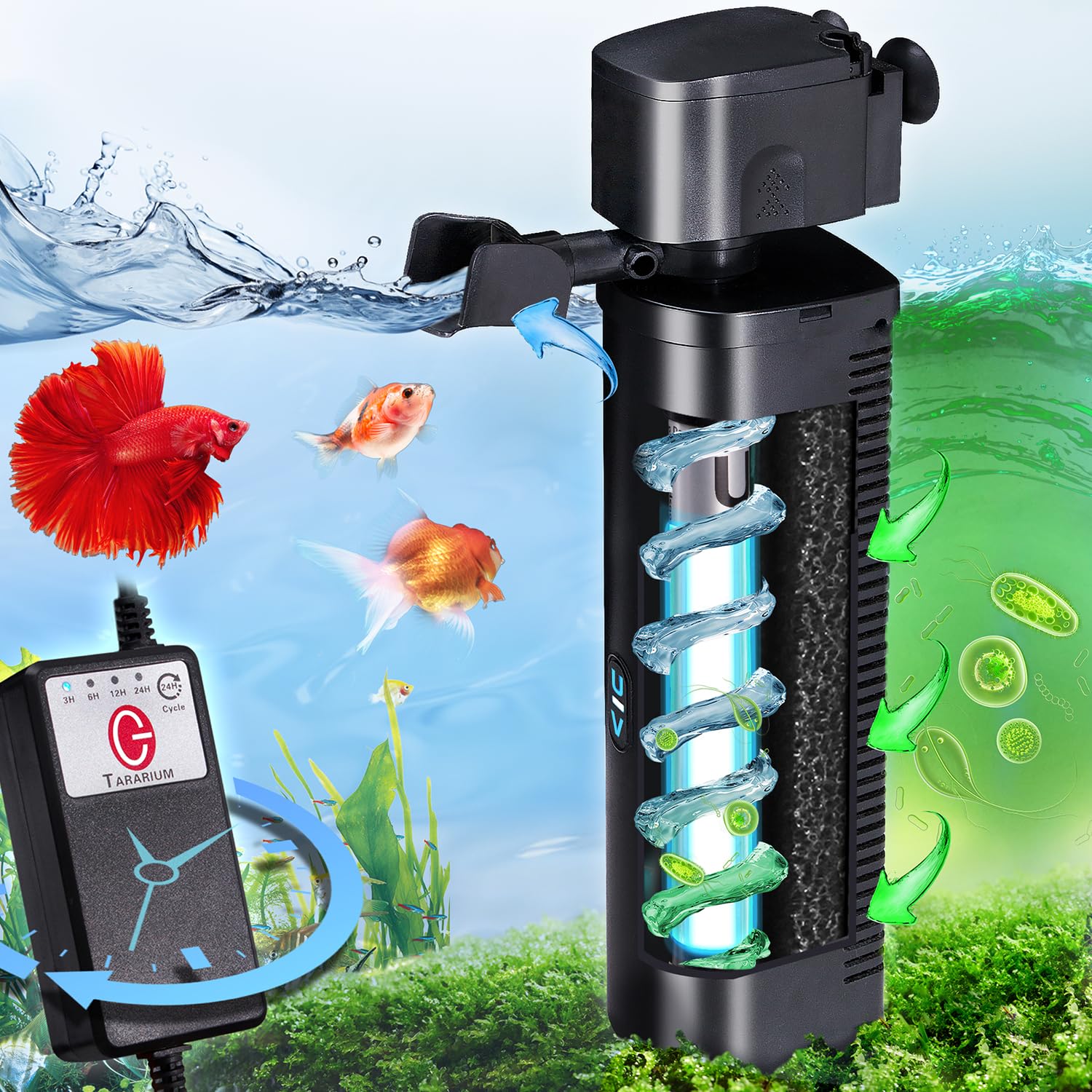
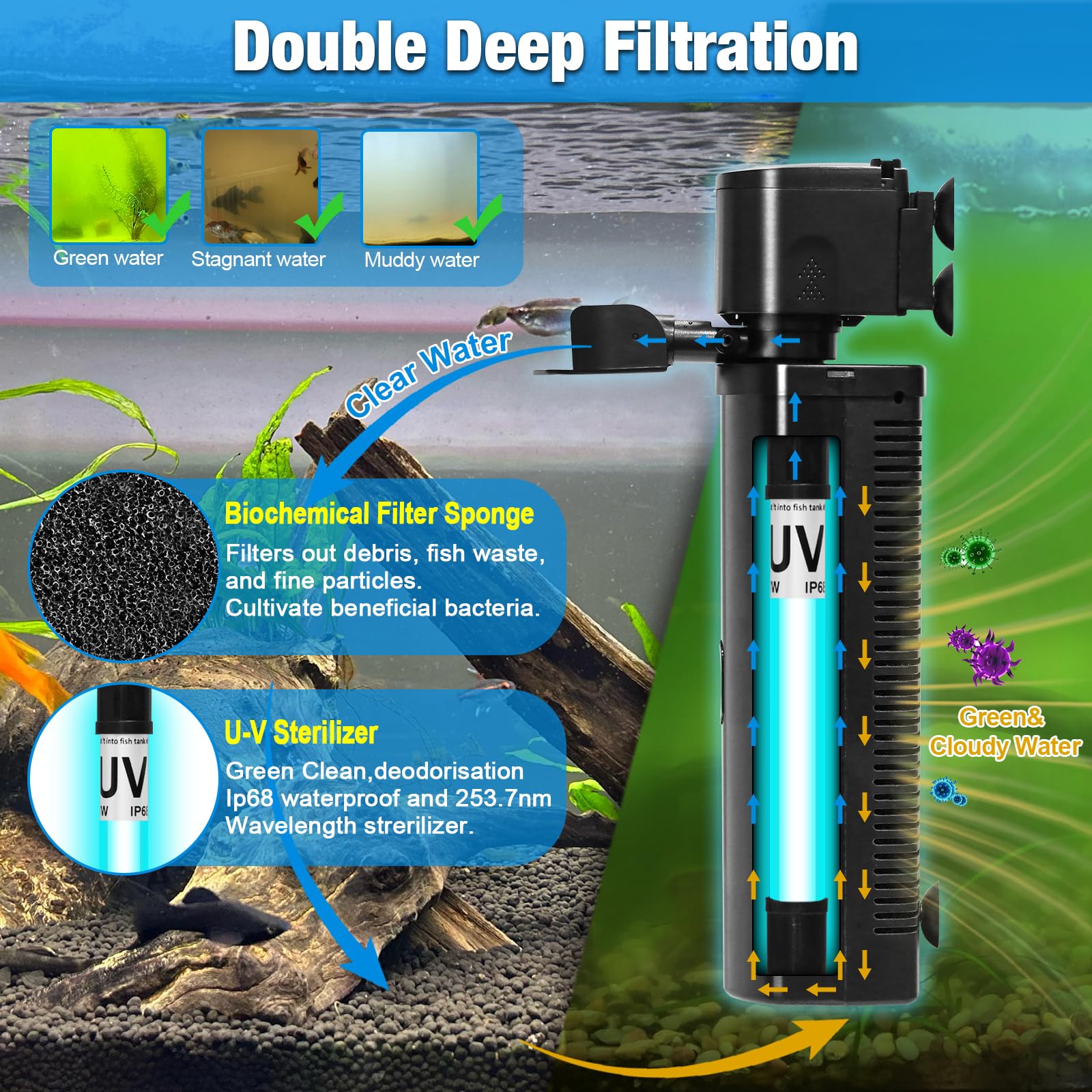
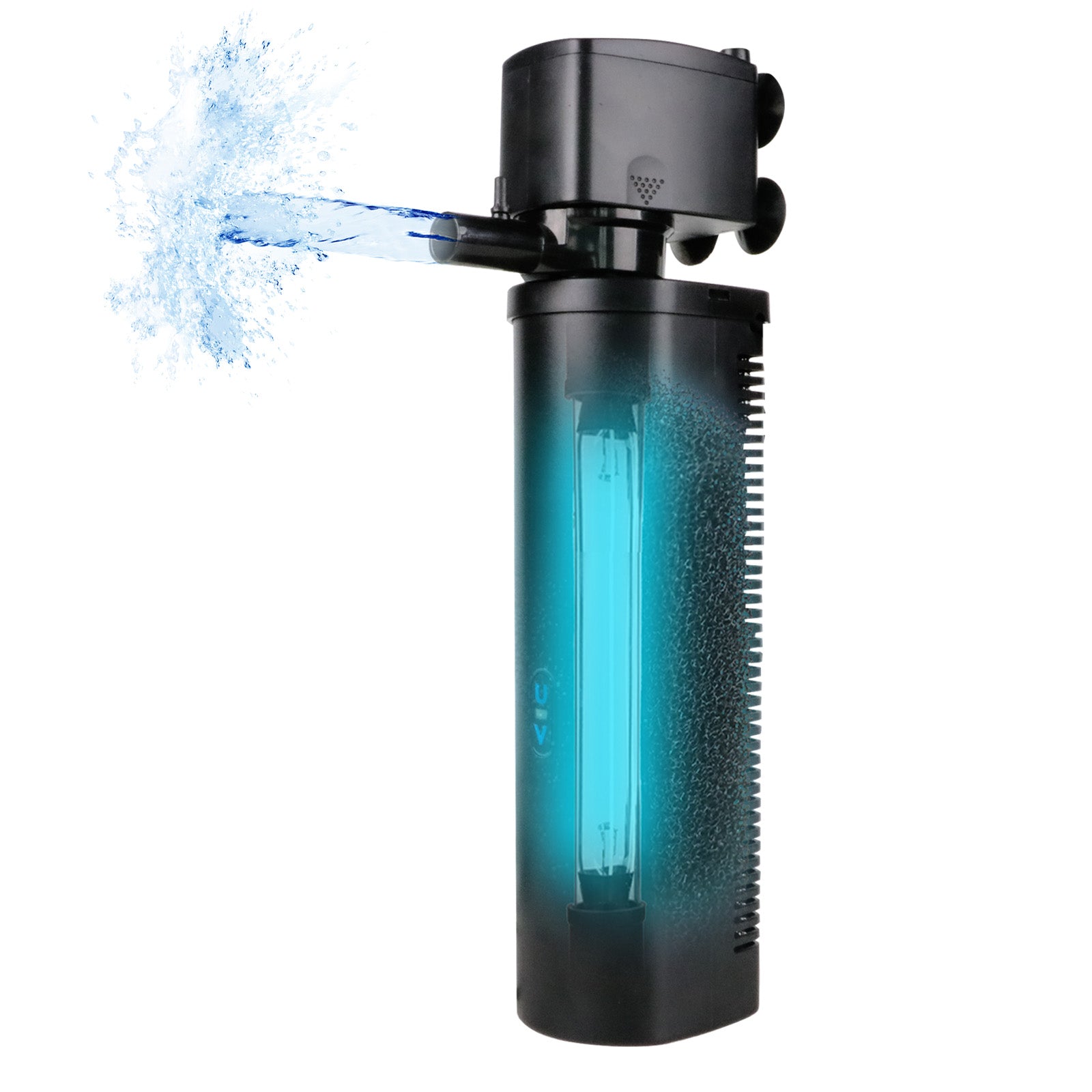
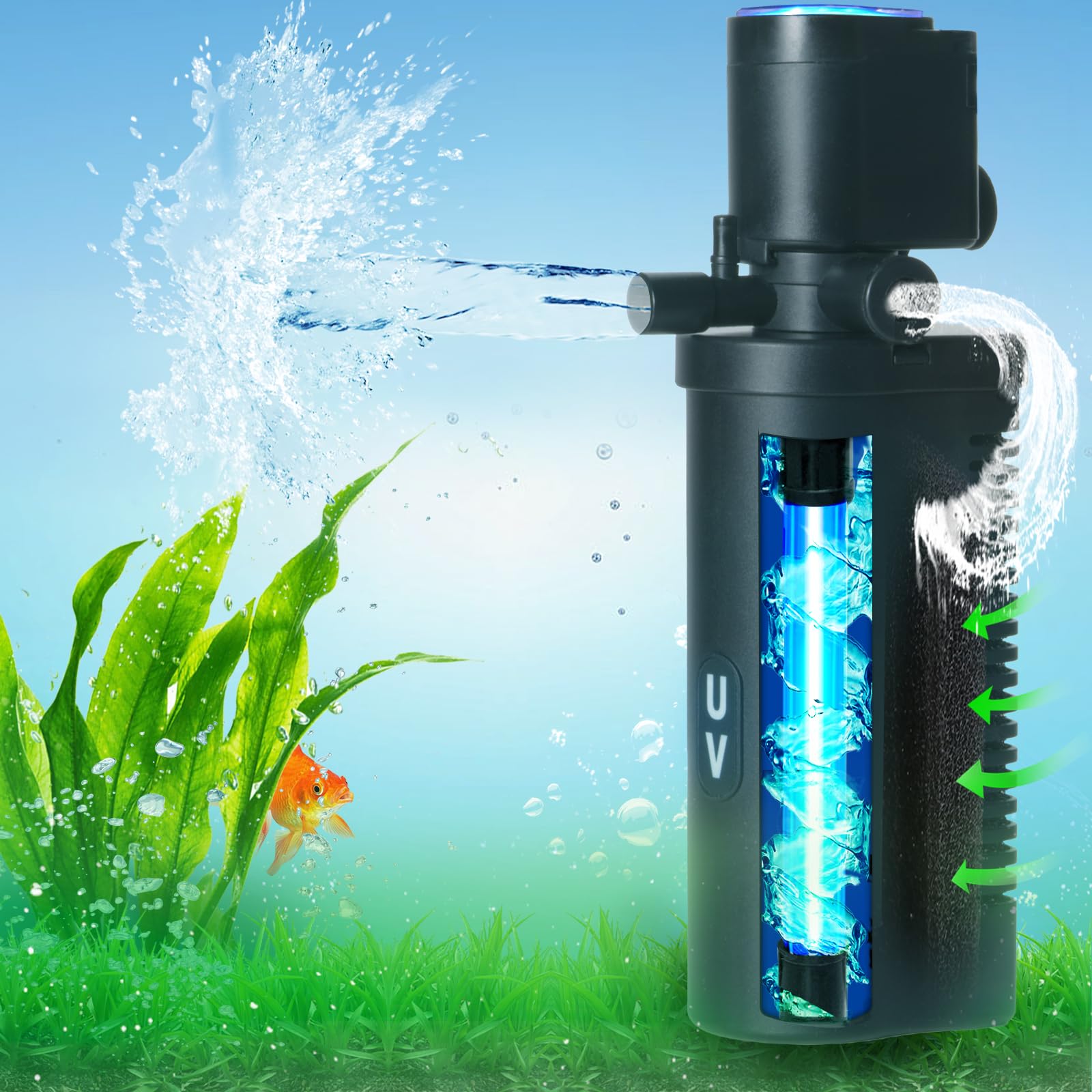
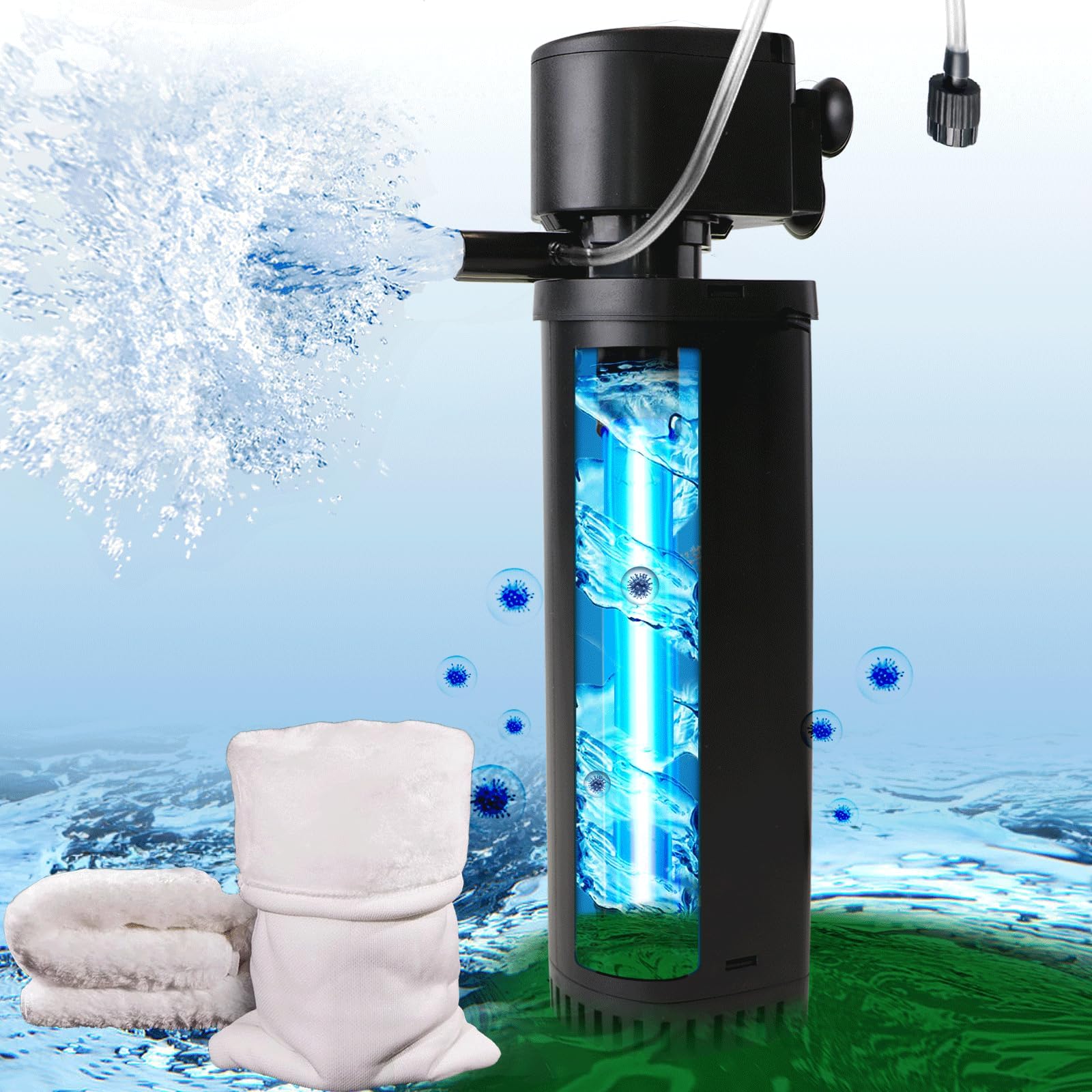
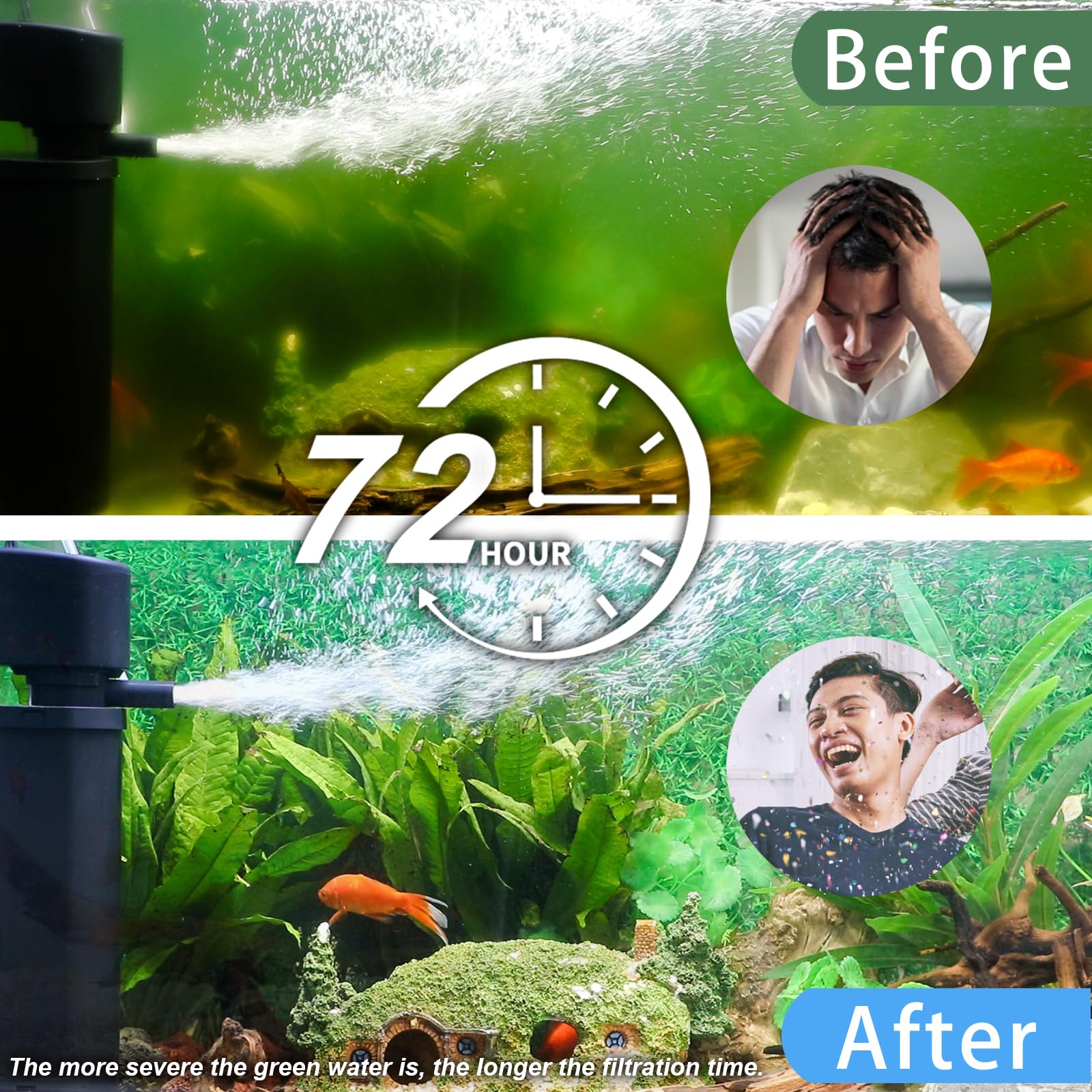
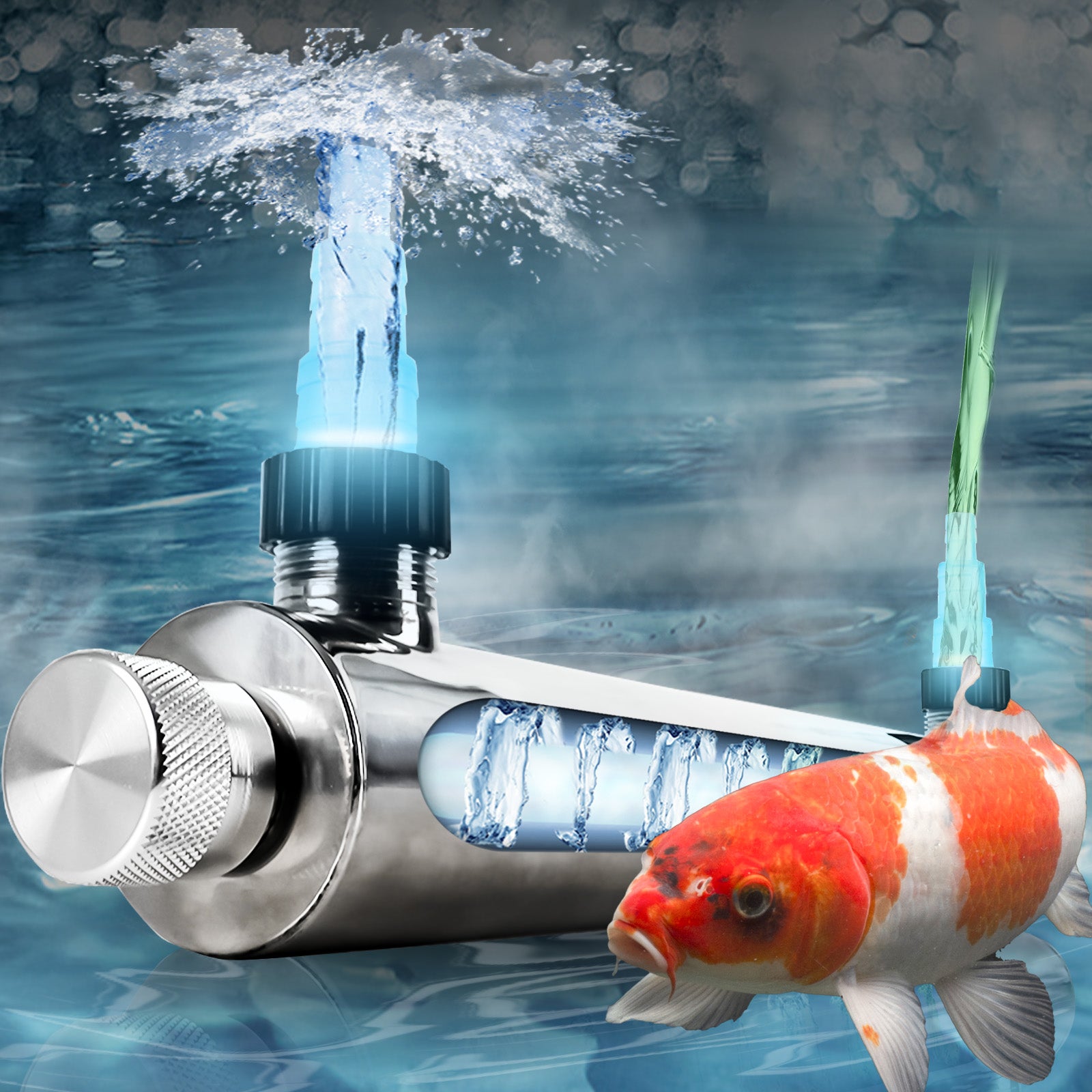
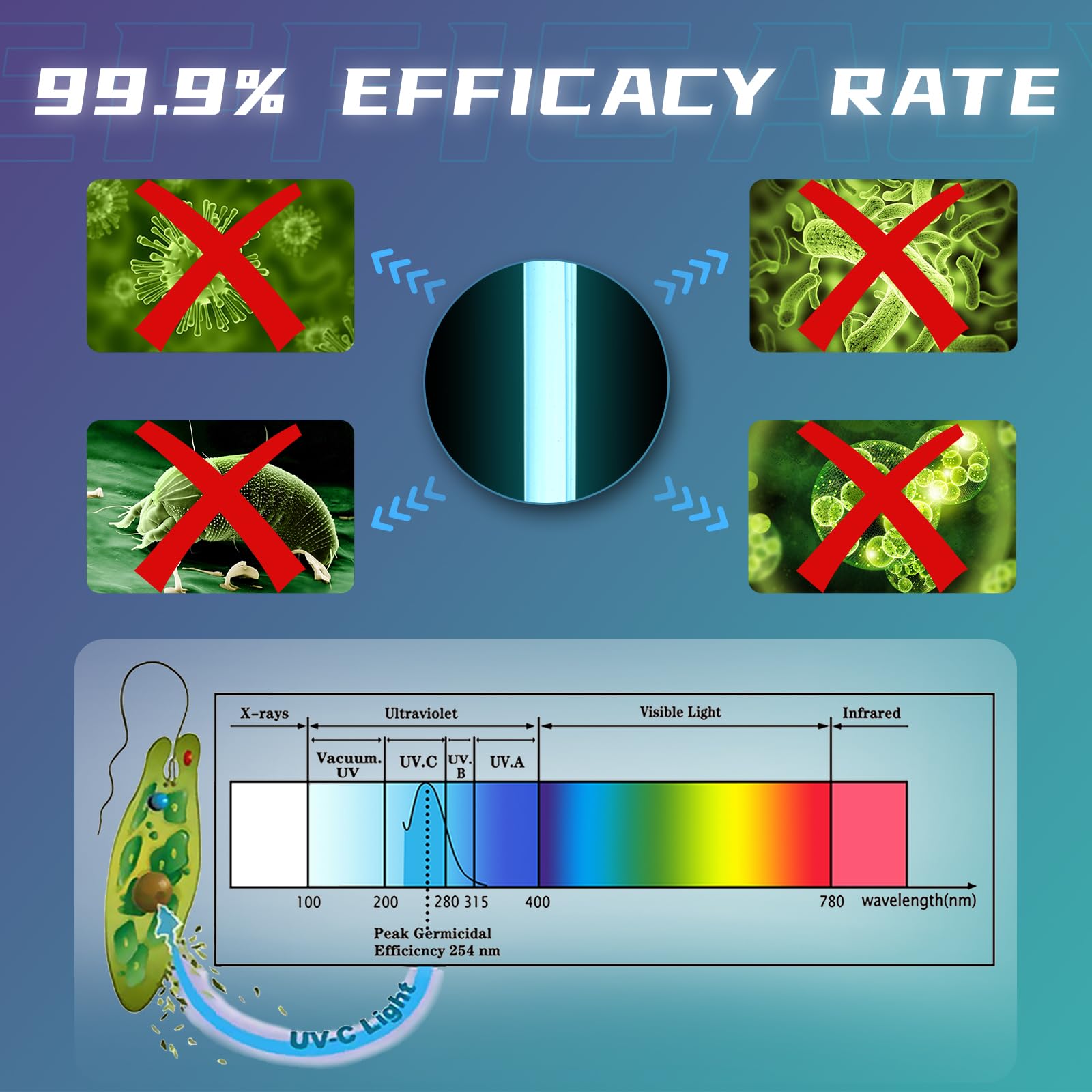
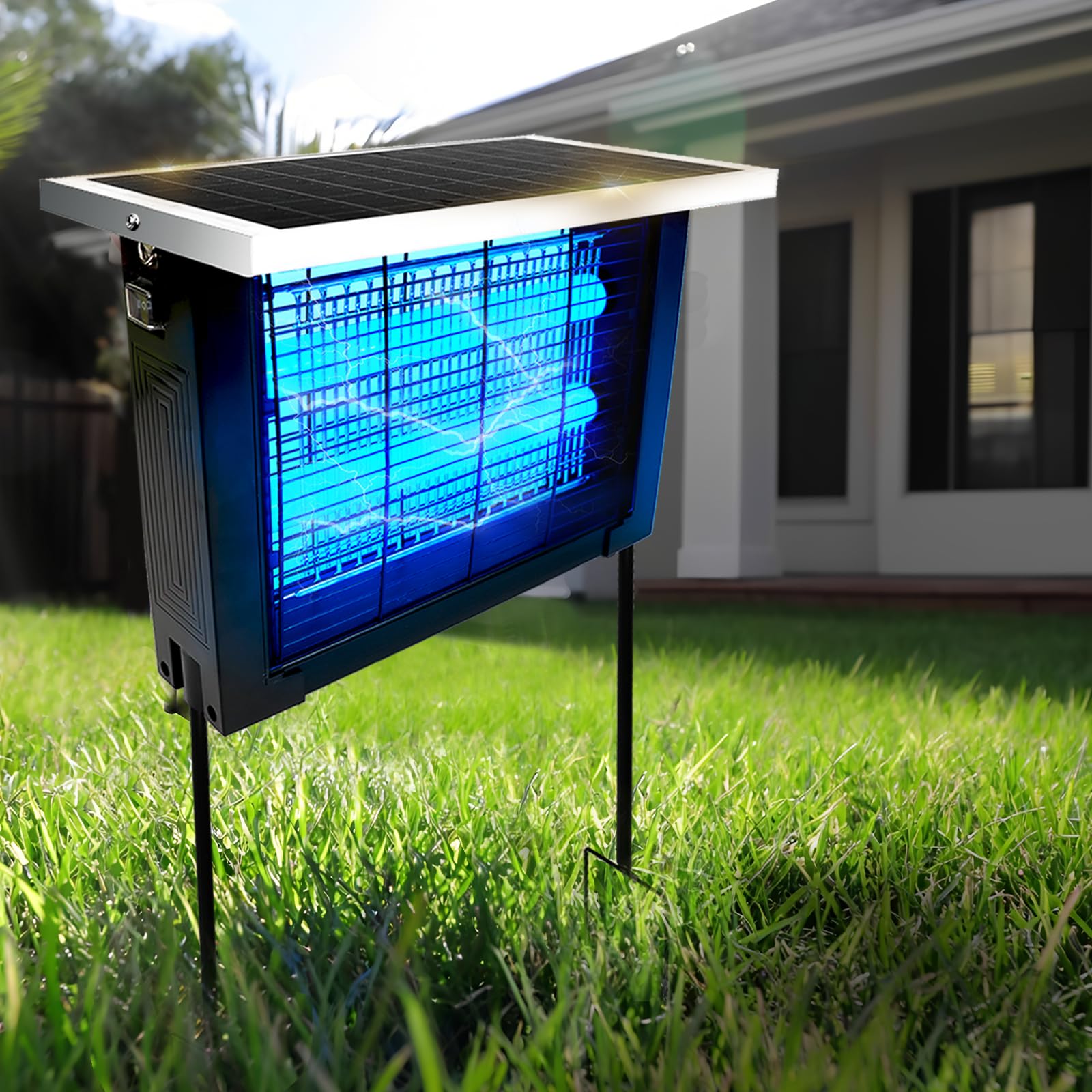
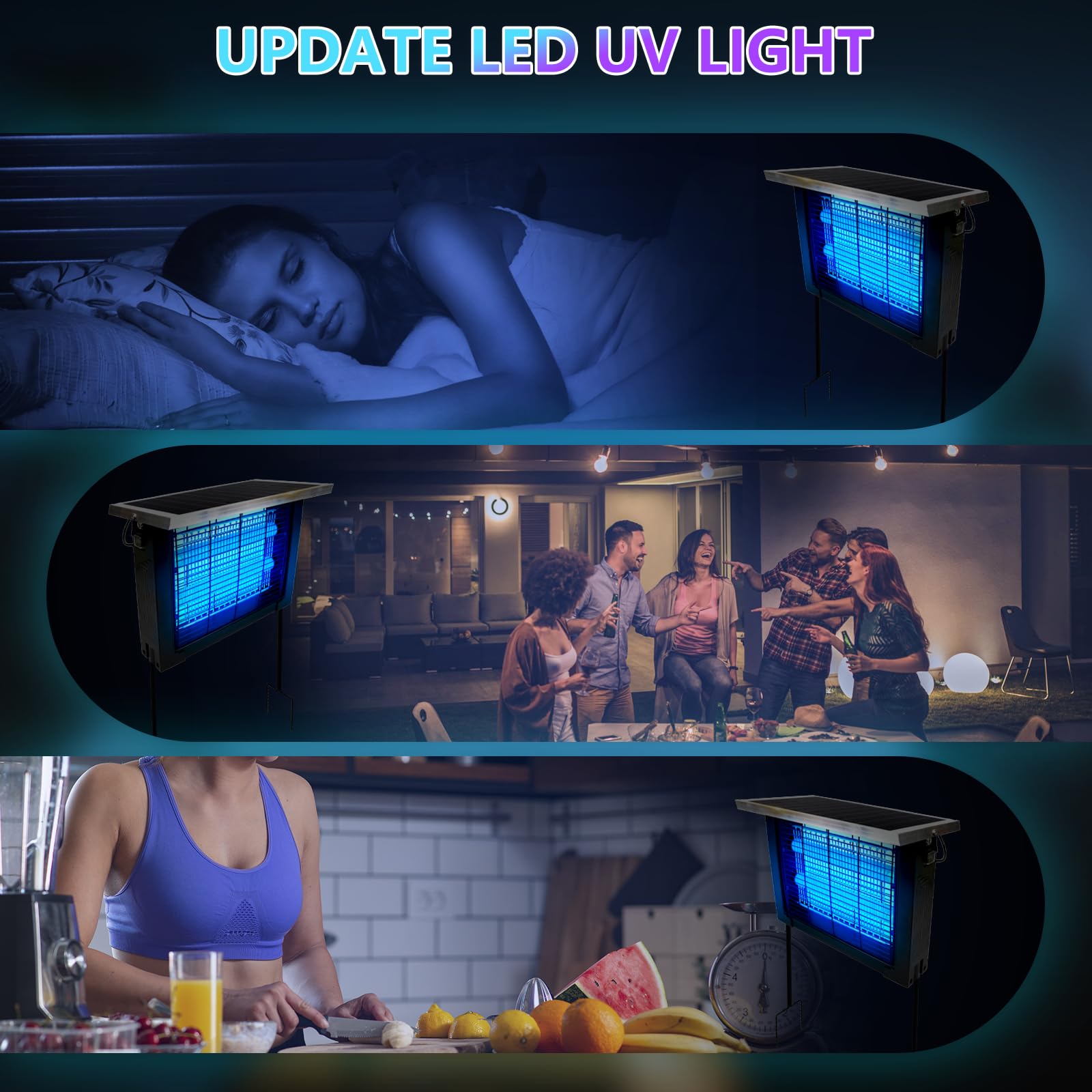
1 comment
Kevin groff
Pump blows so strong that plants, rocks and fish are all blown into one corner of aquarium. Will the uv work by itself if the pump is unplugged?